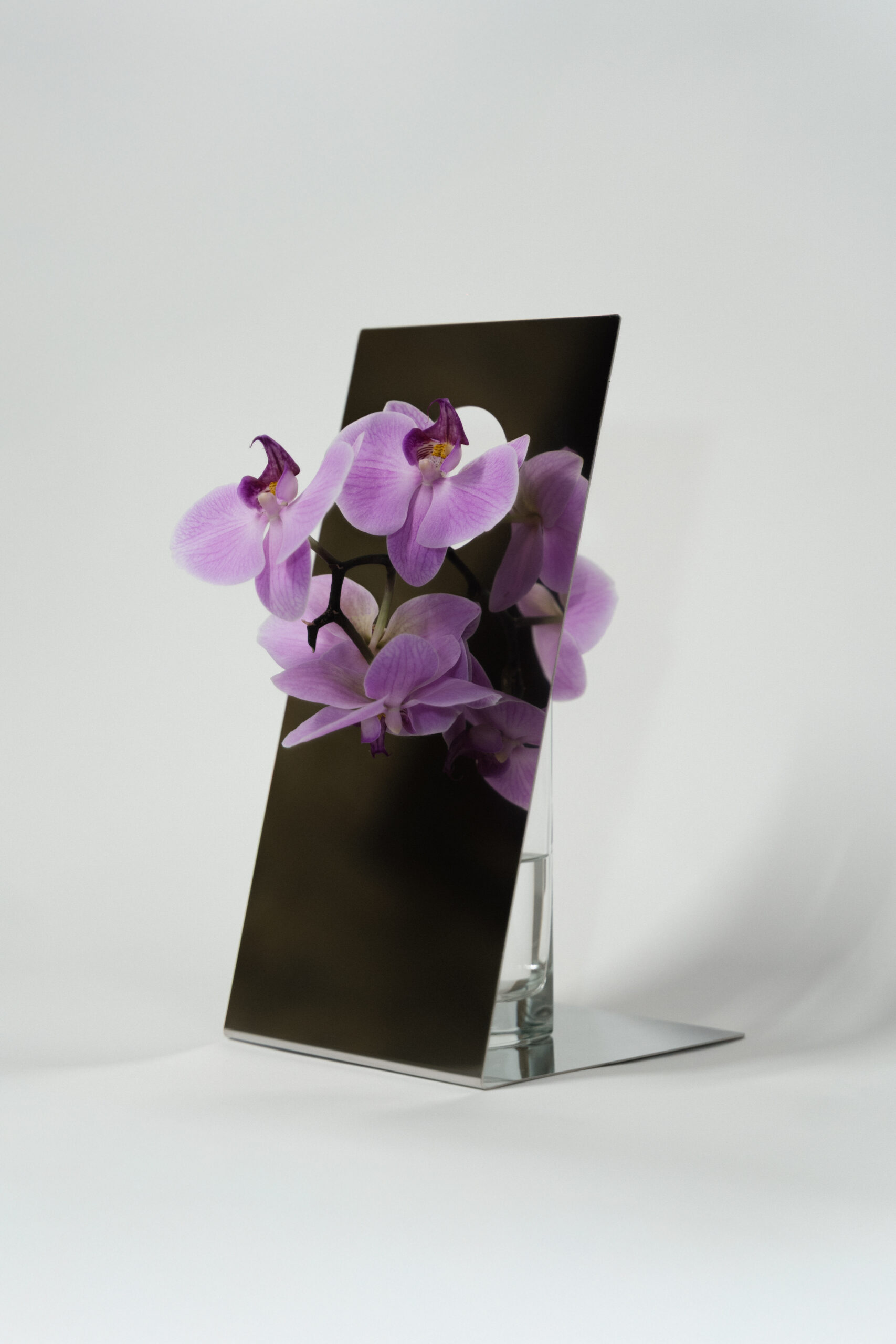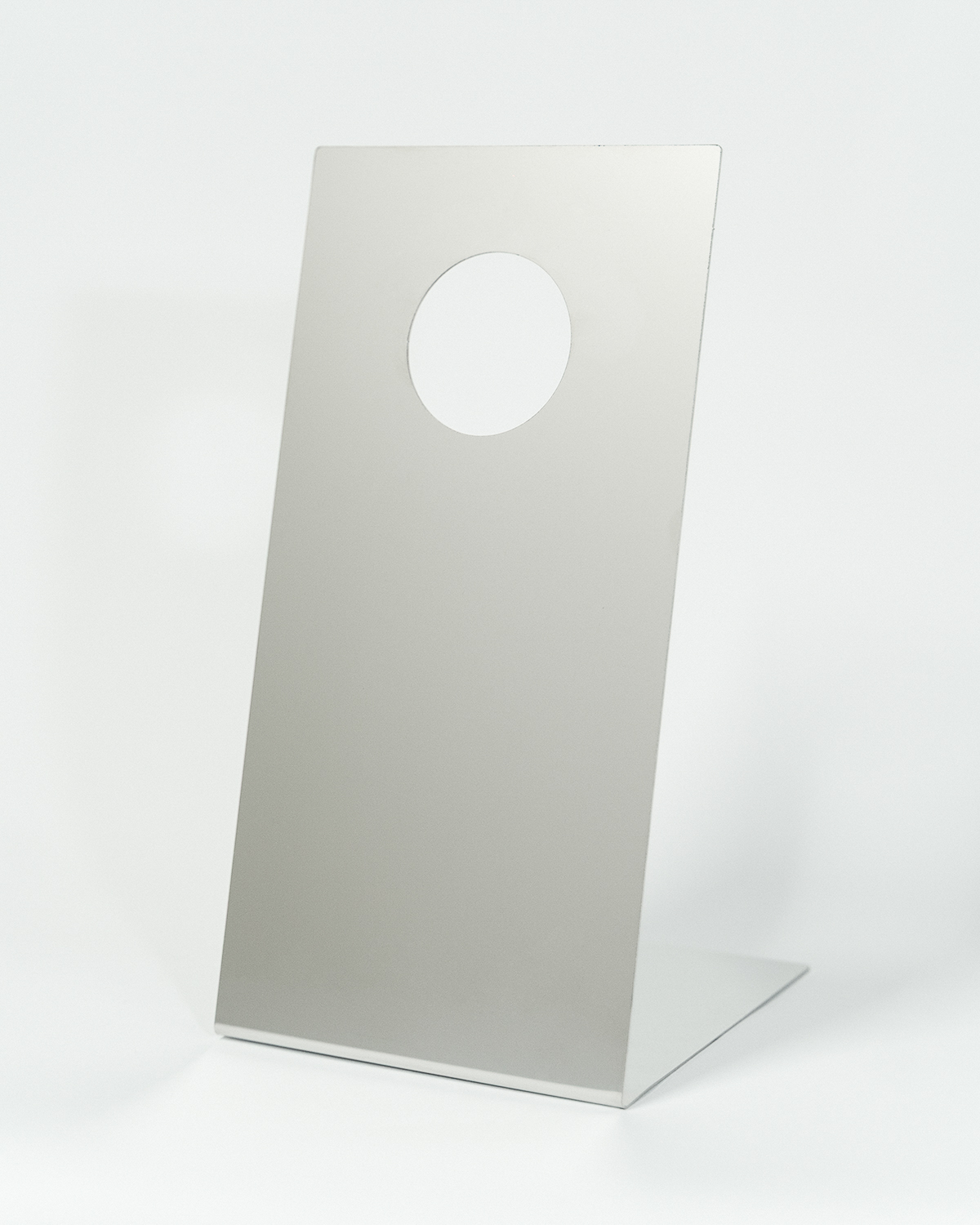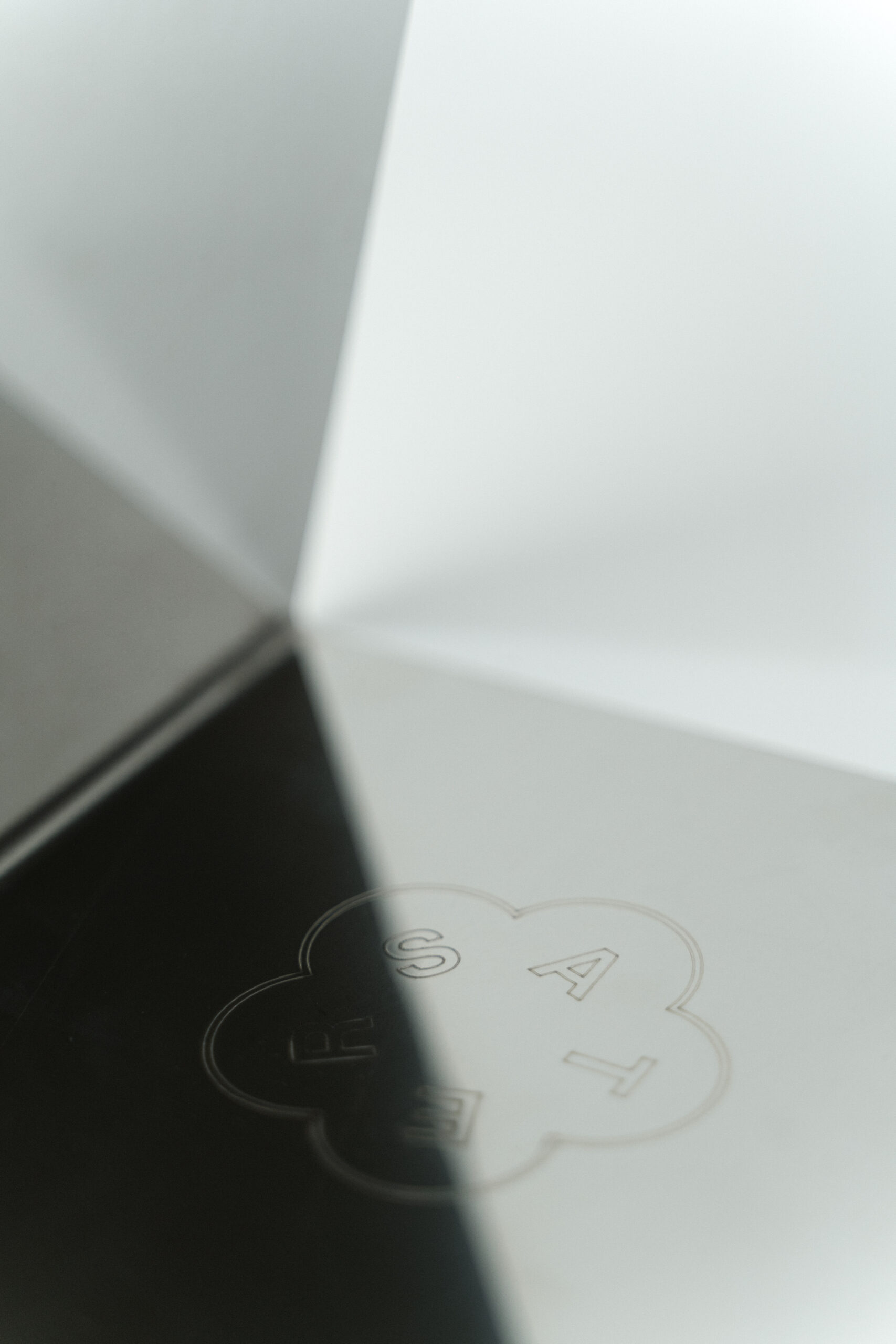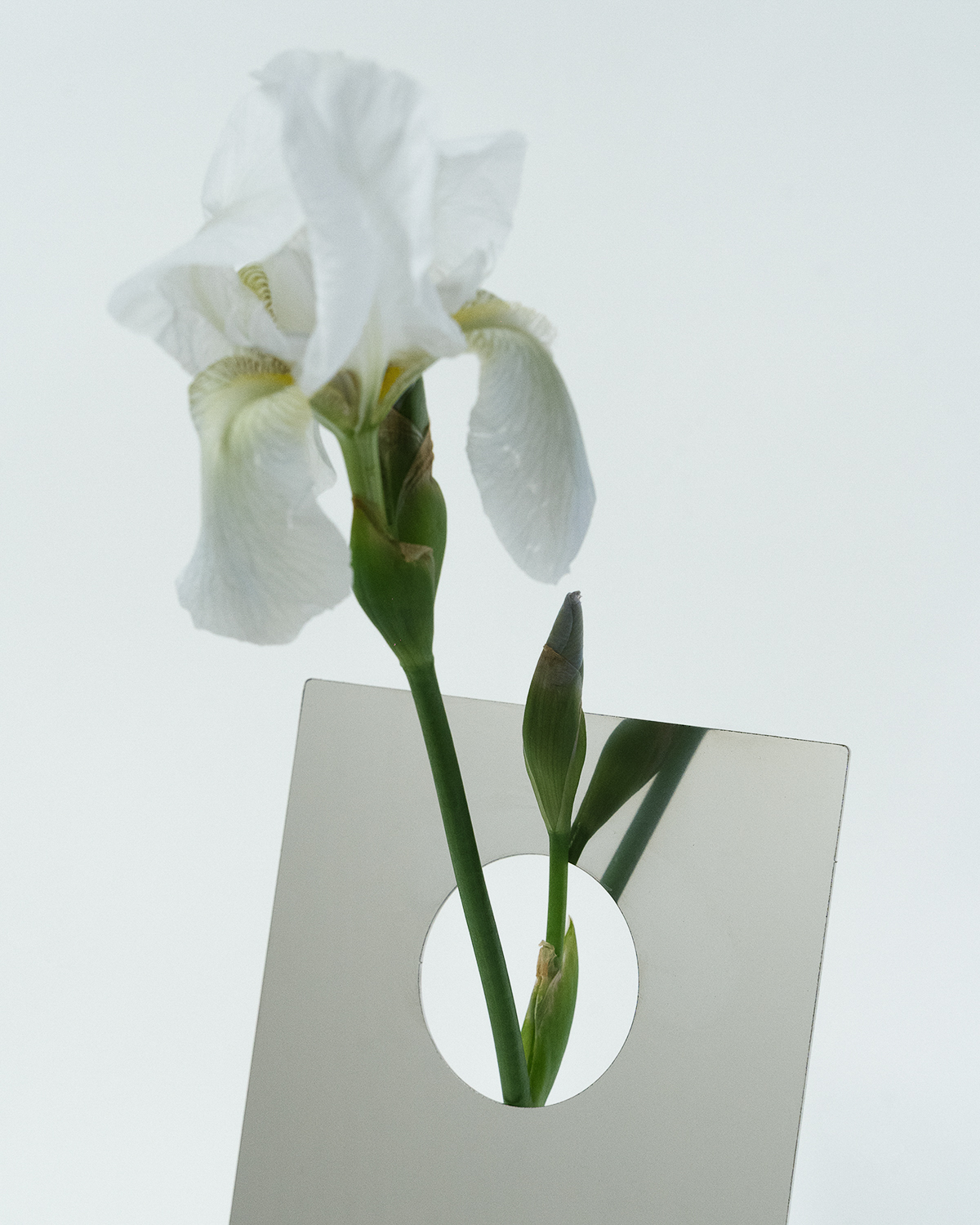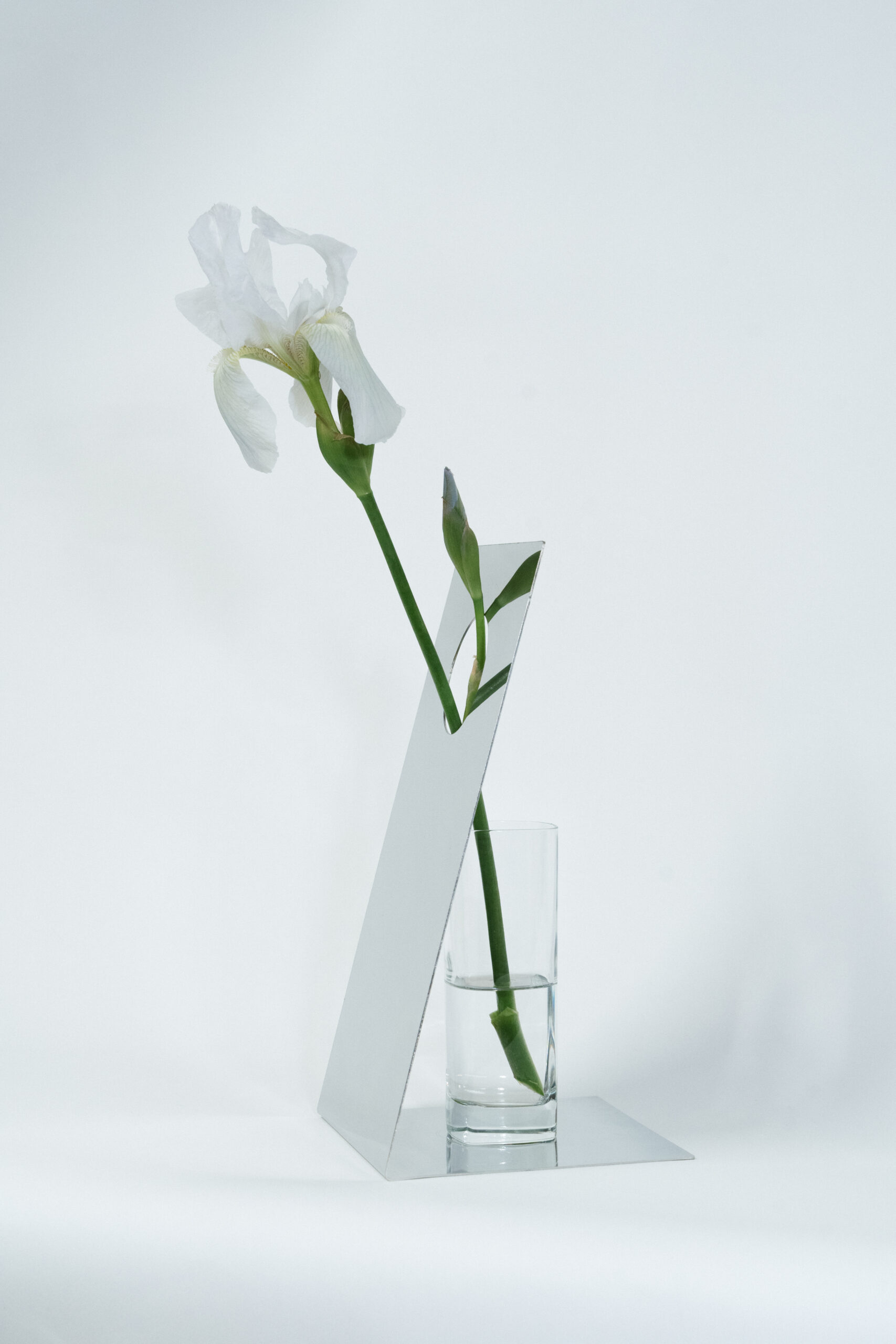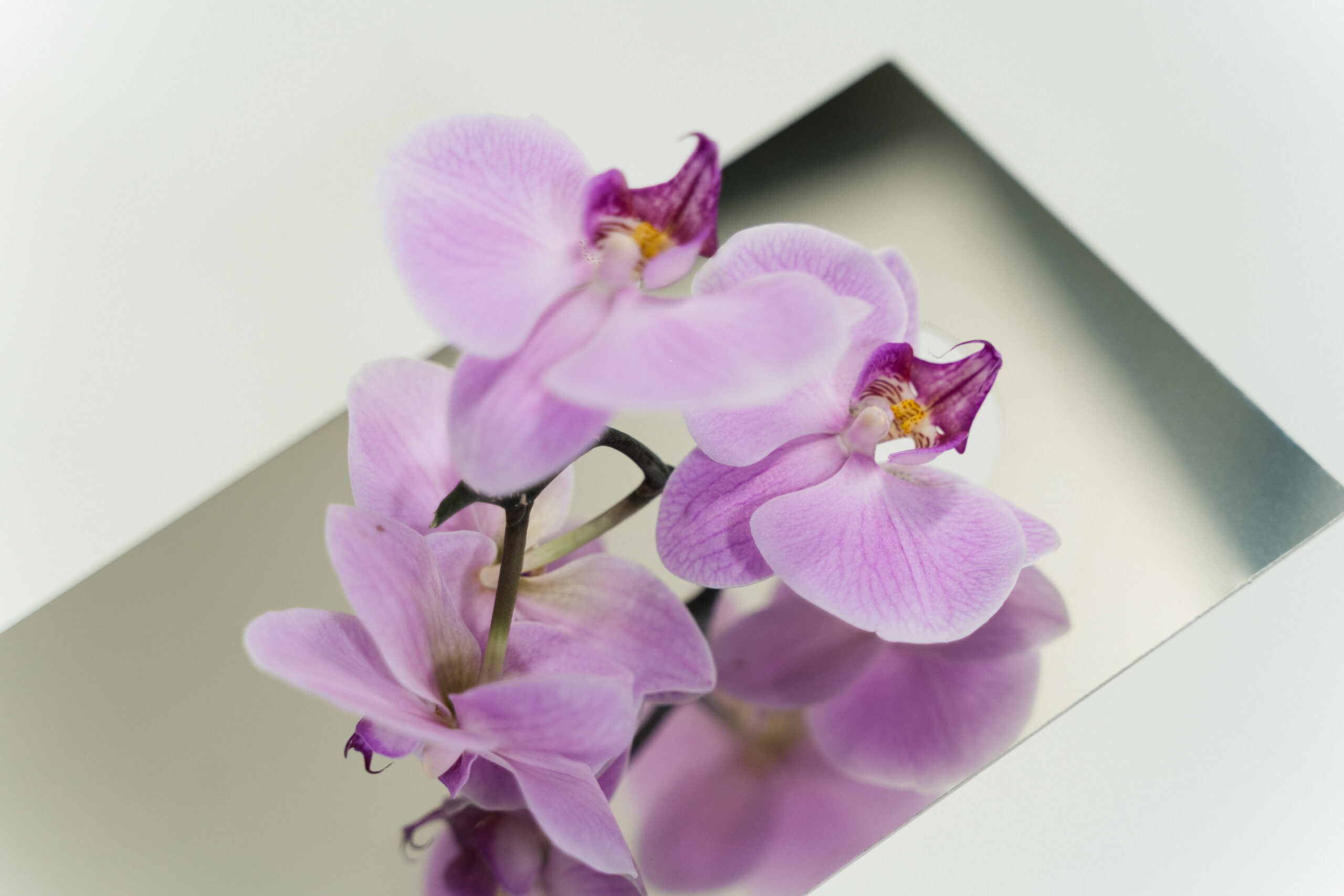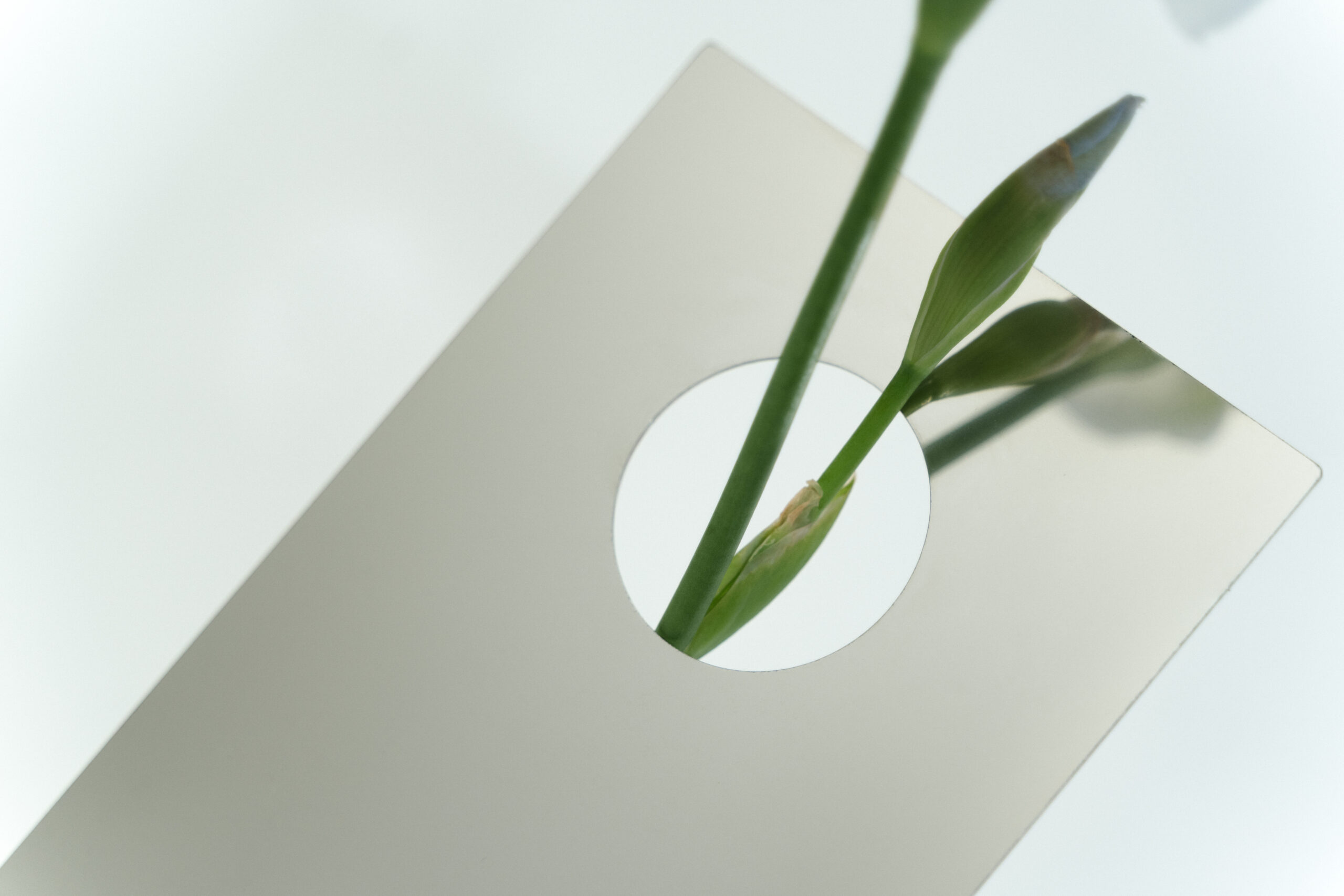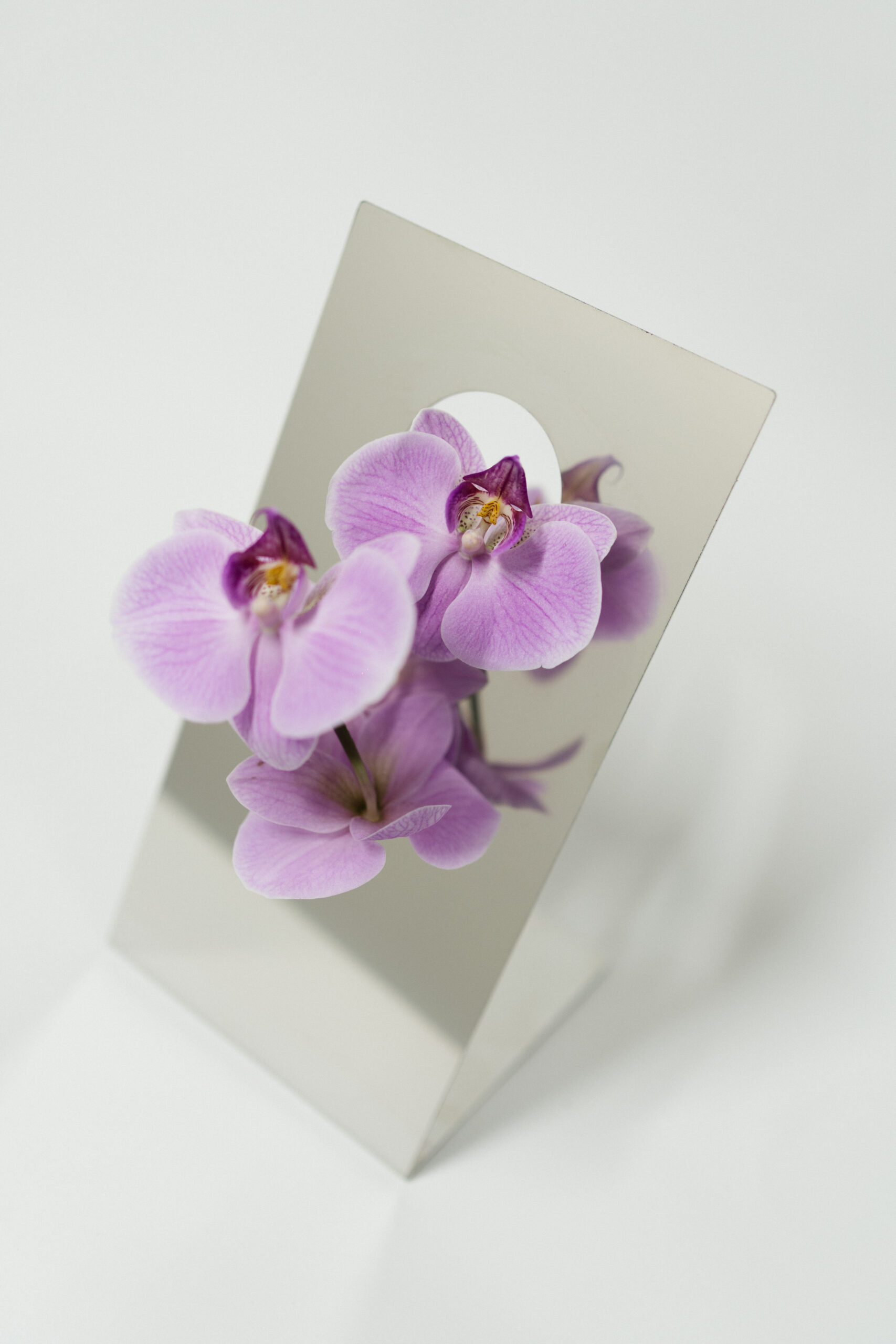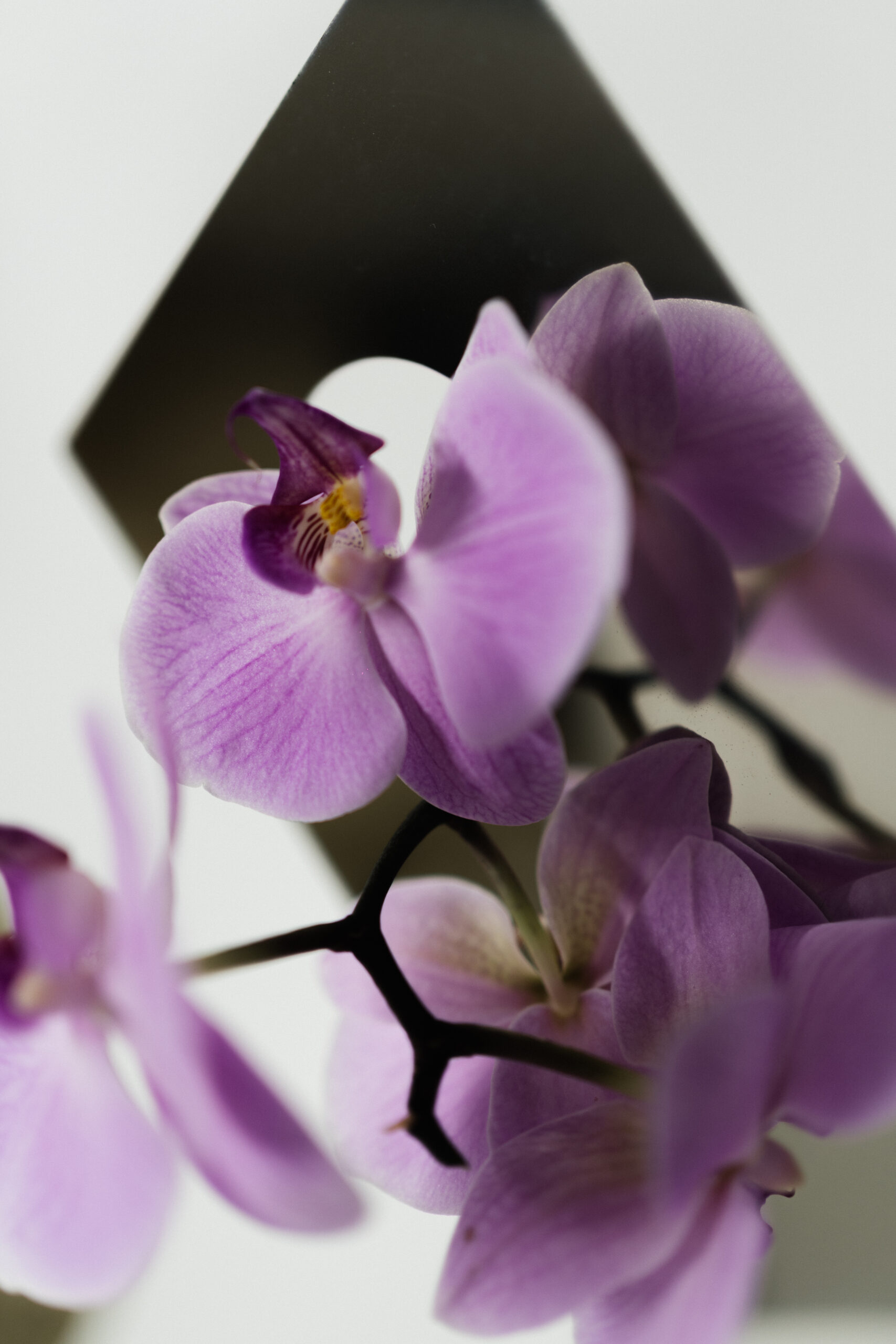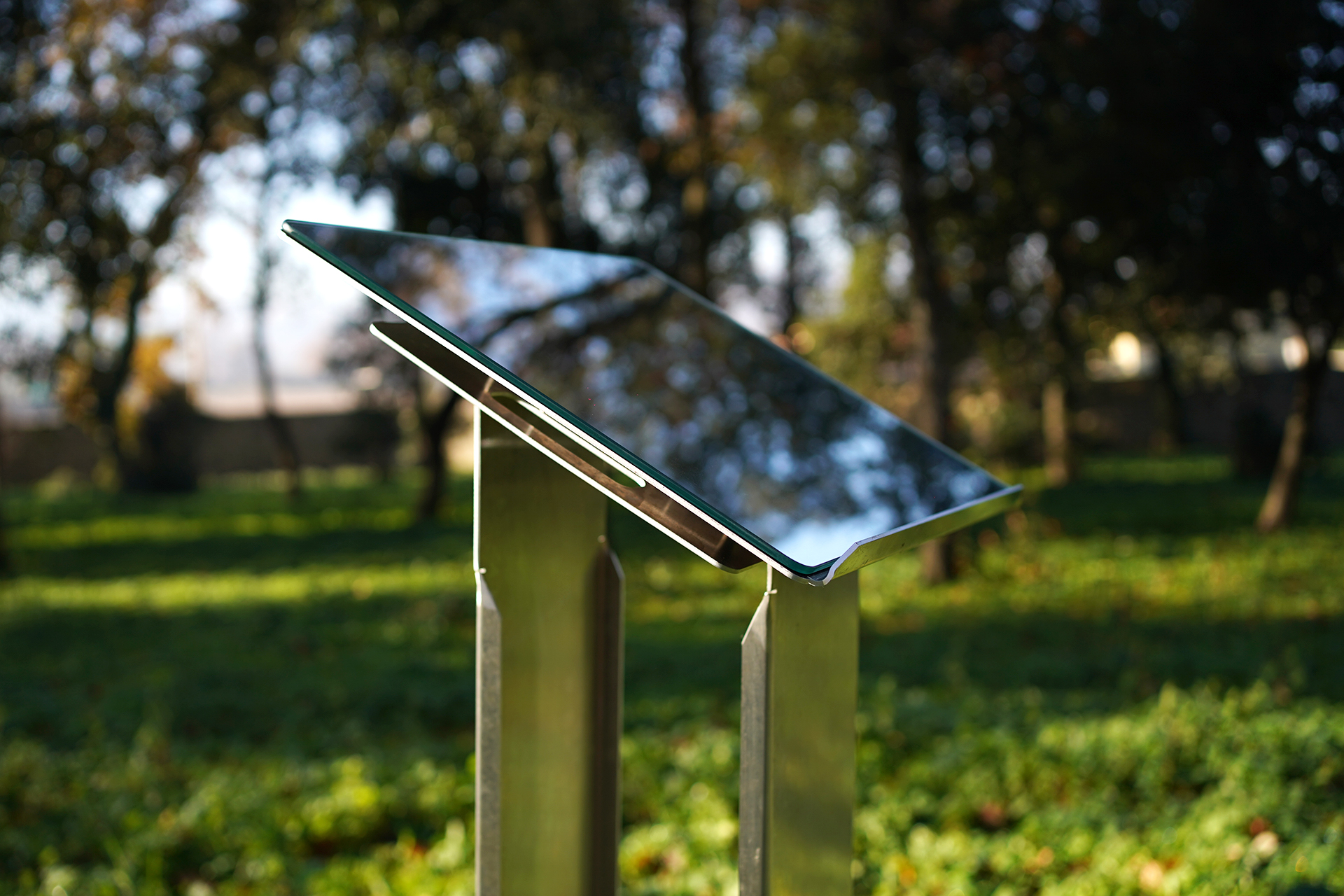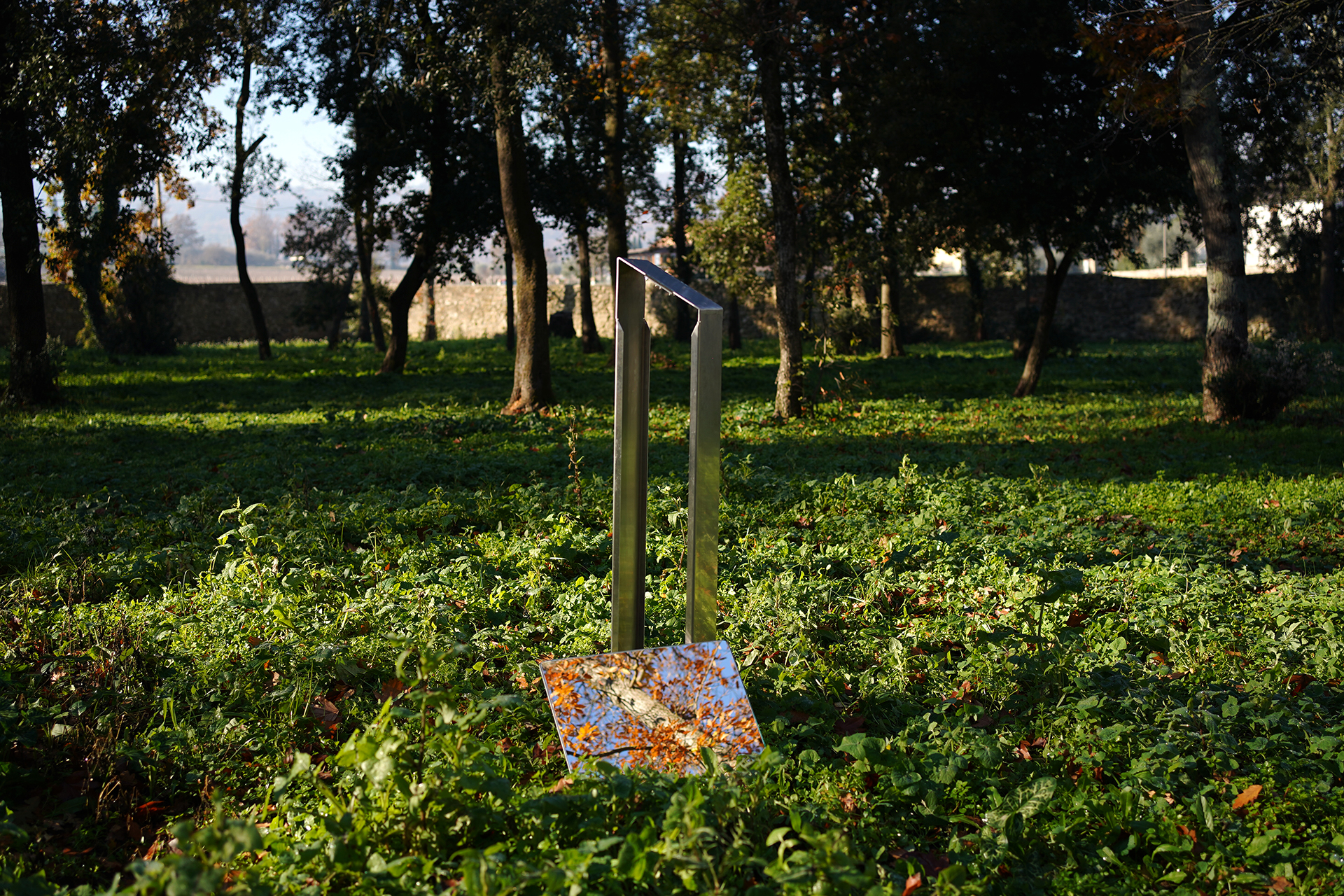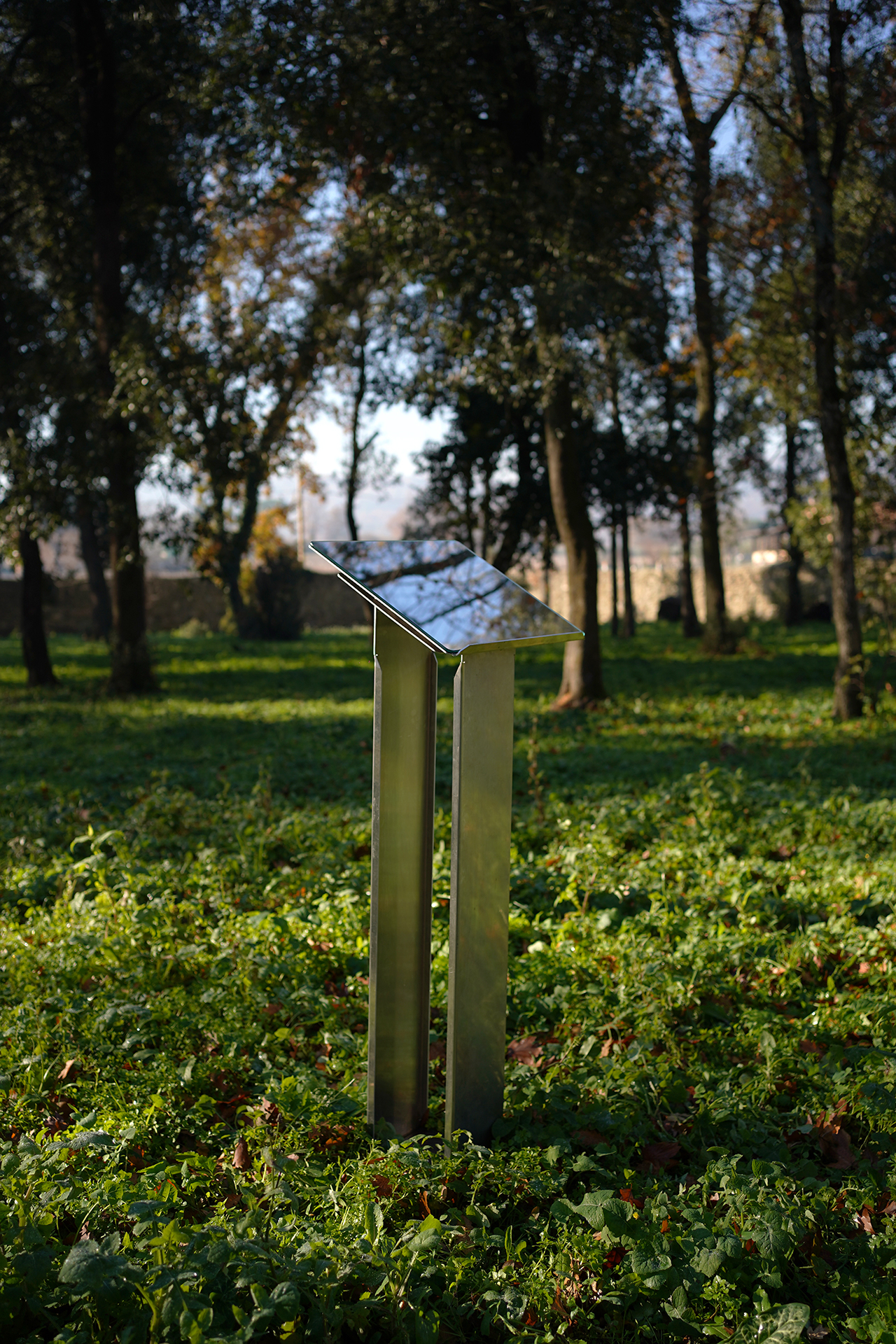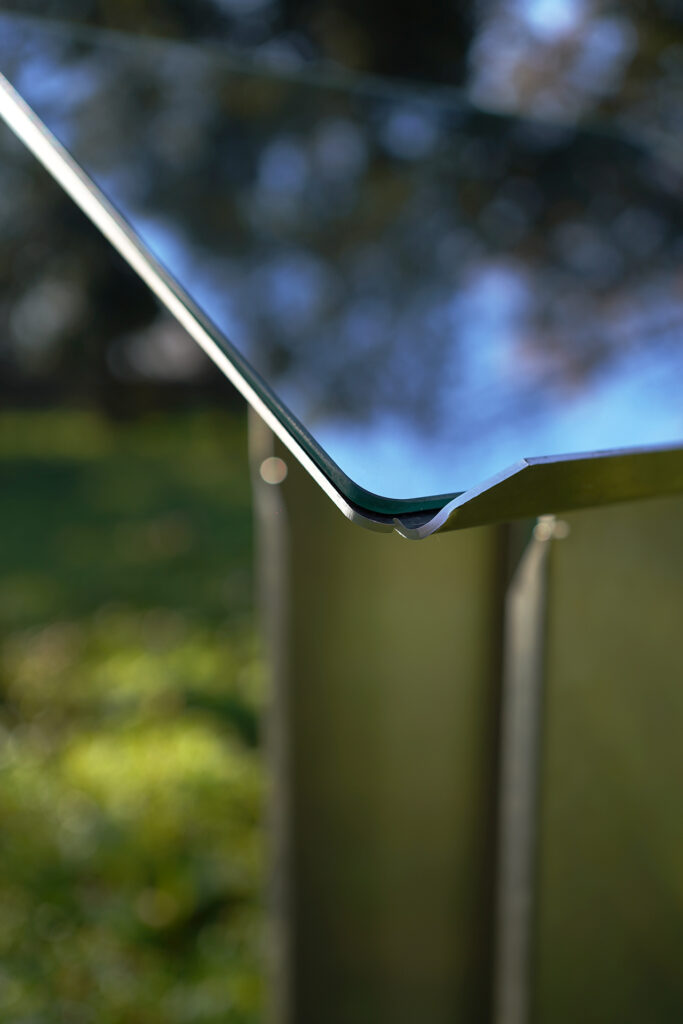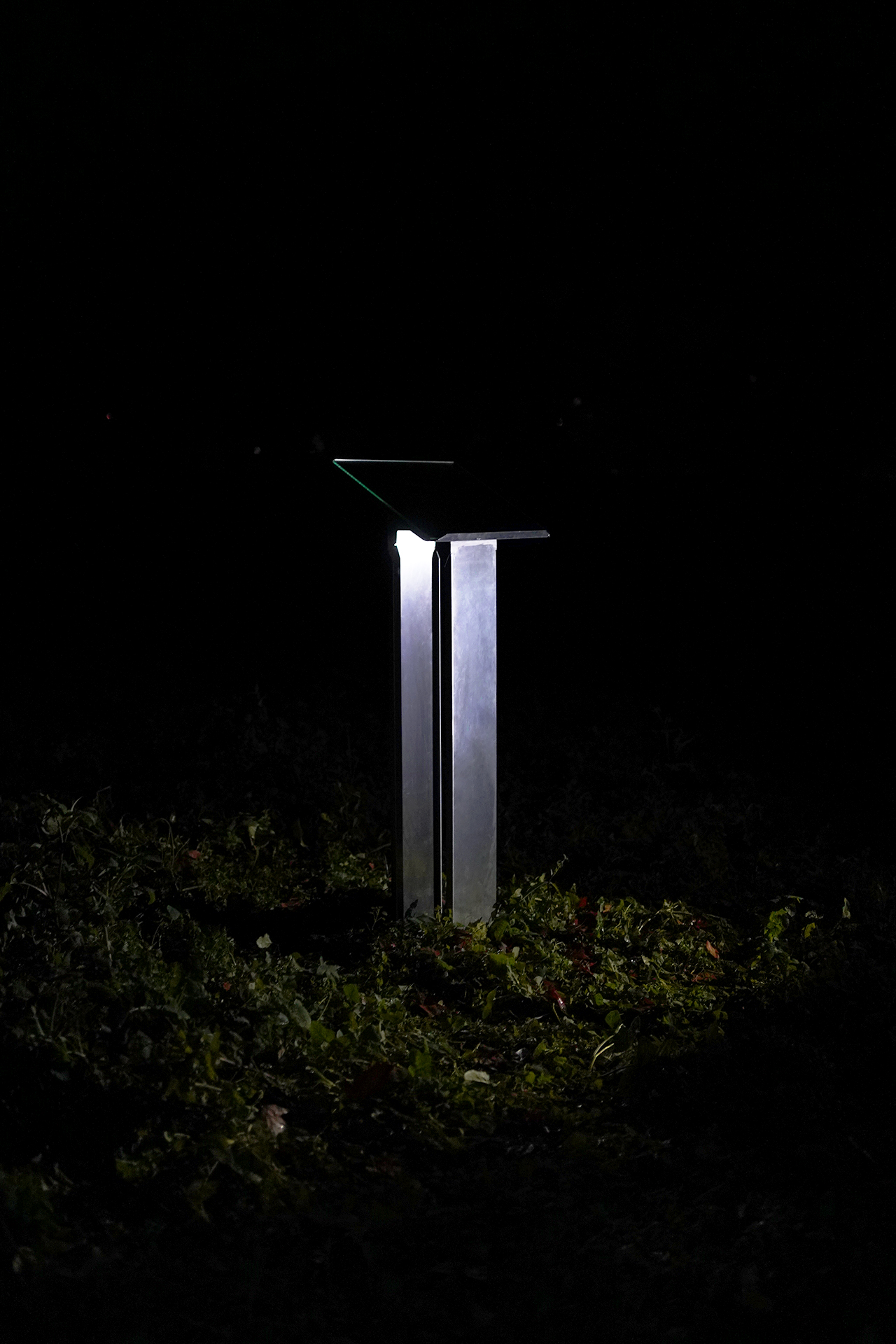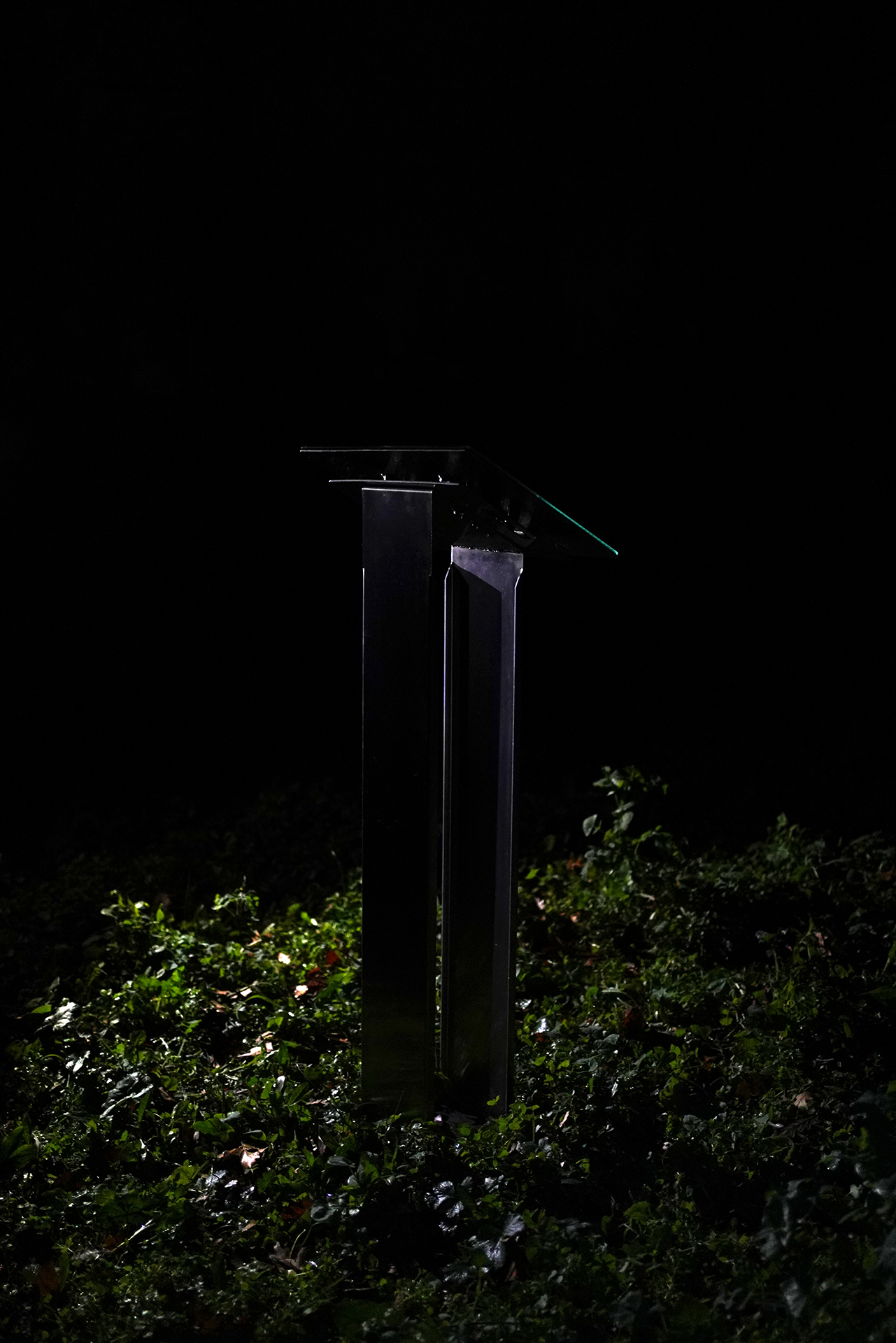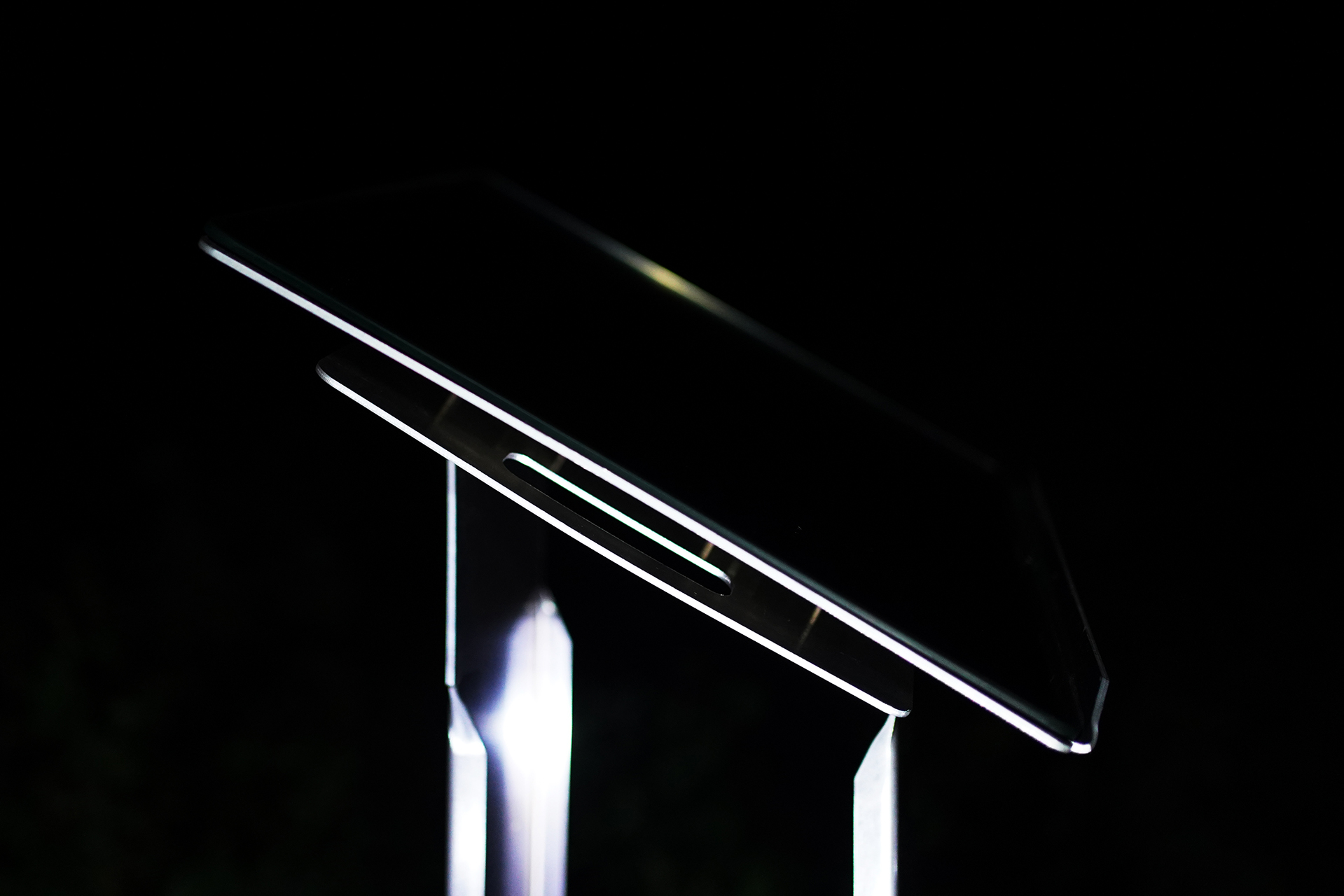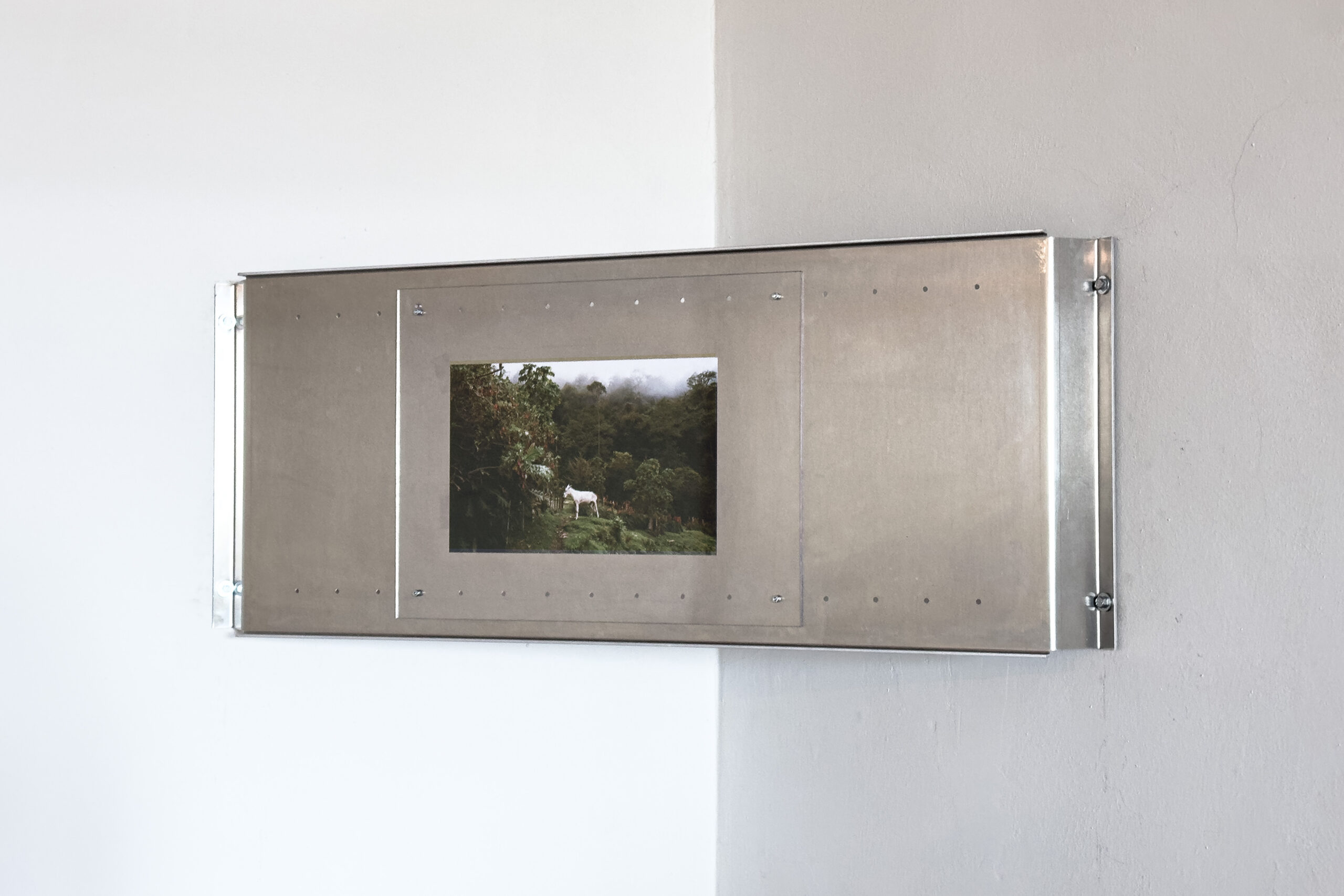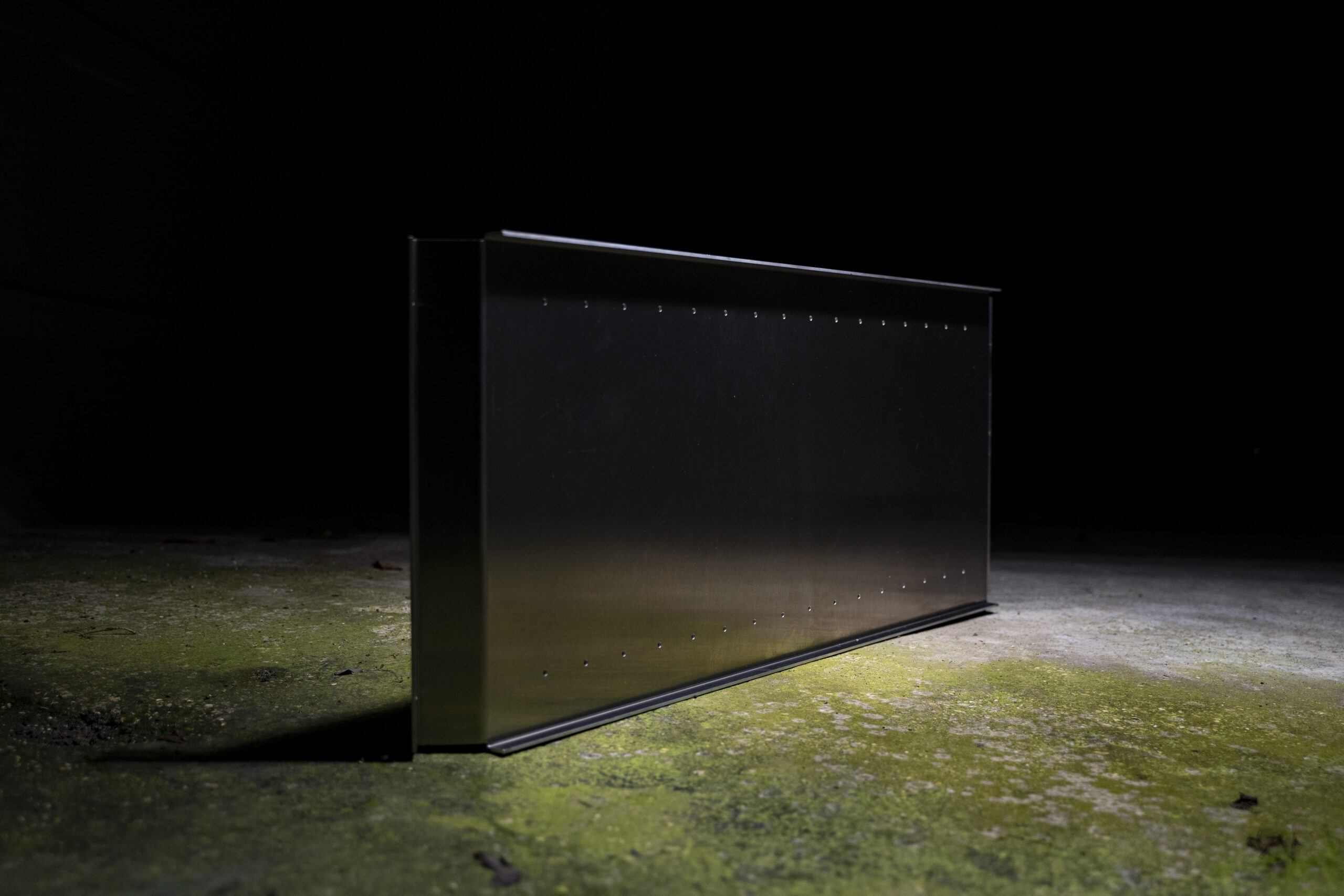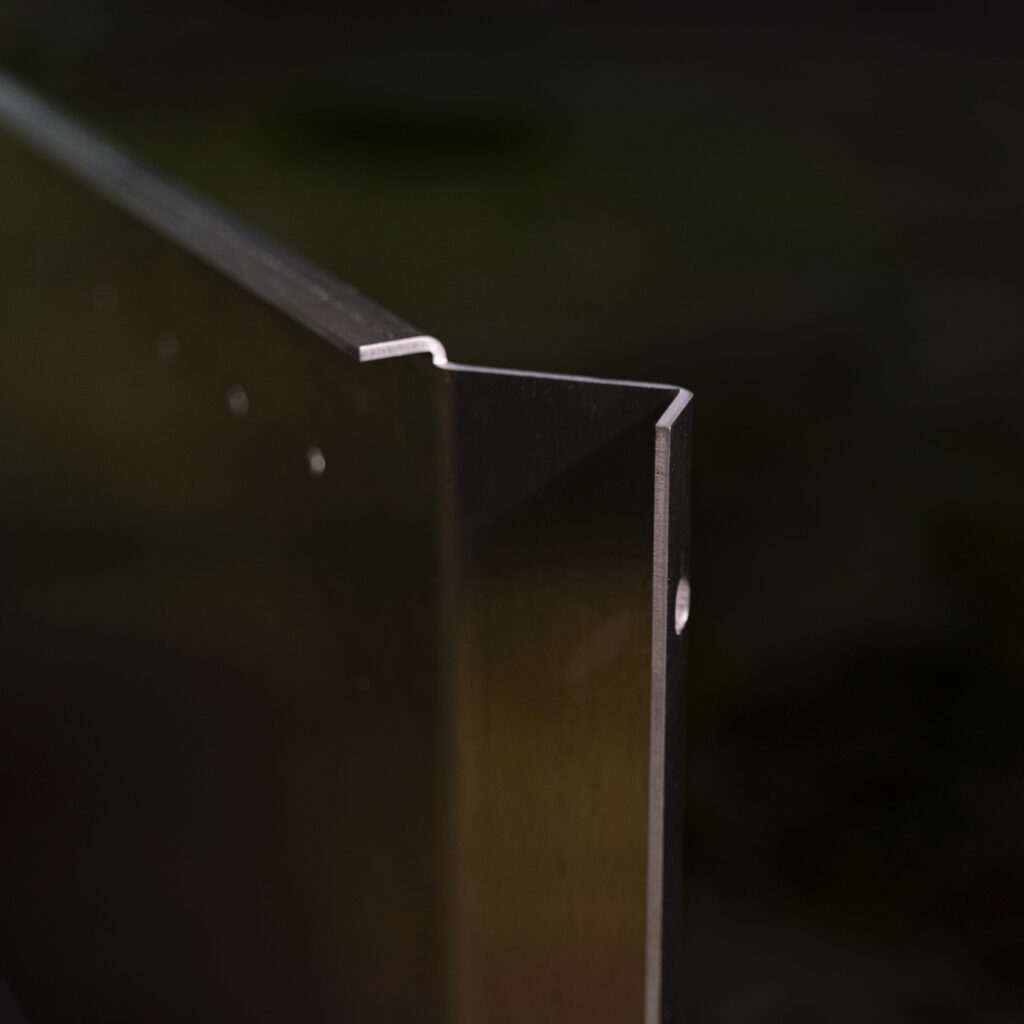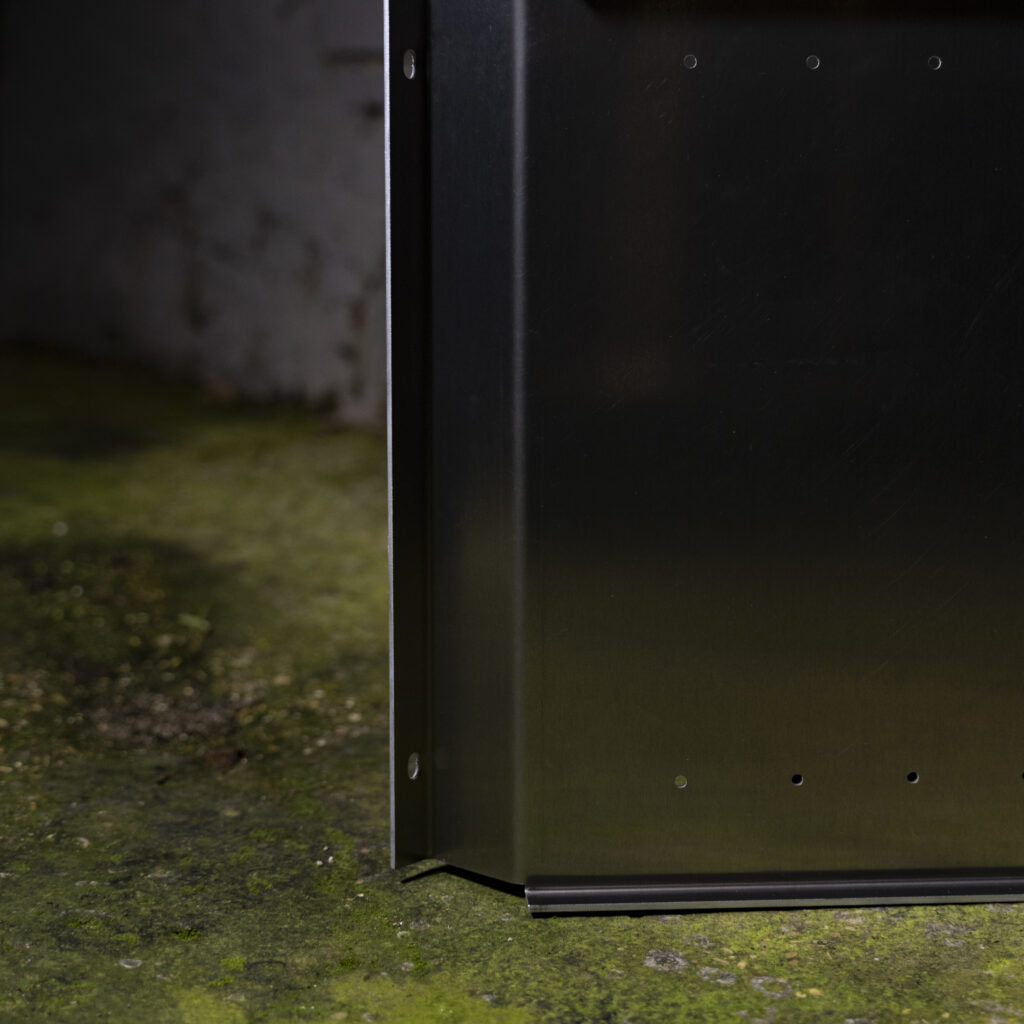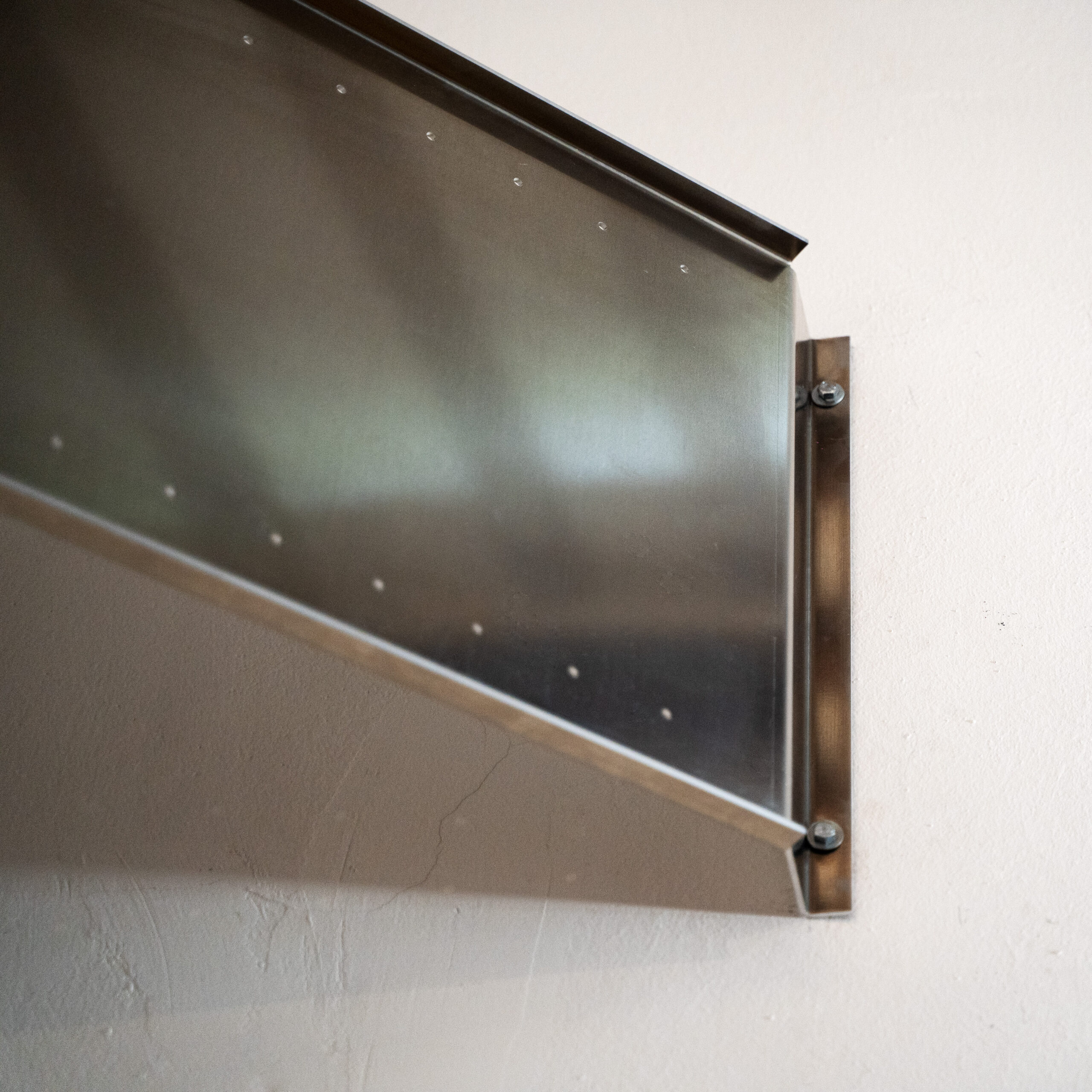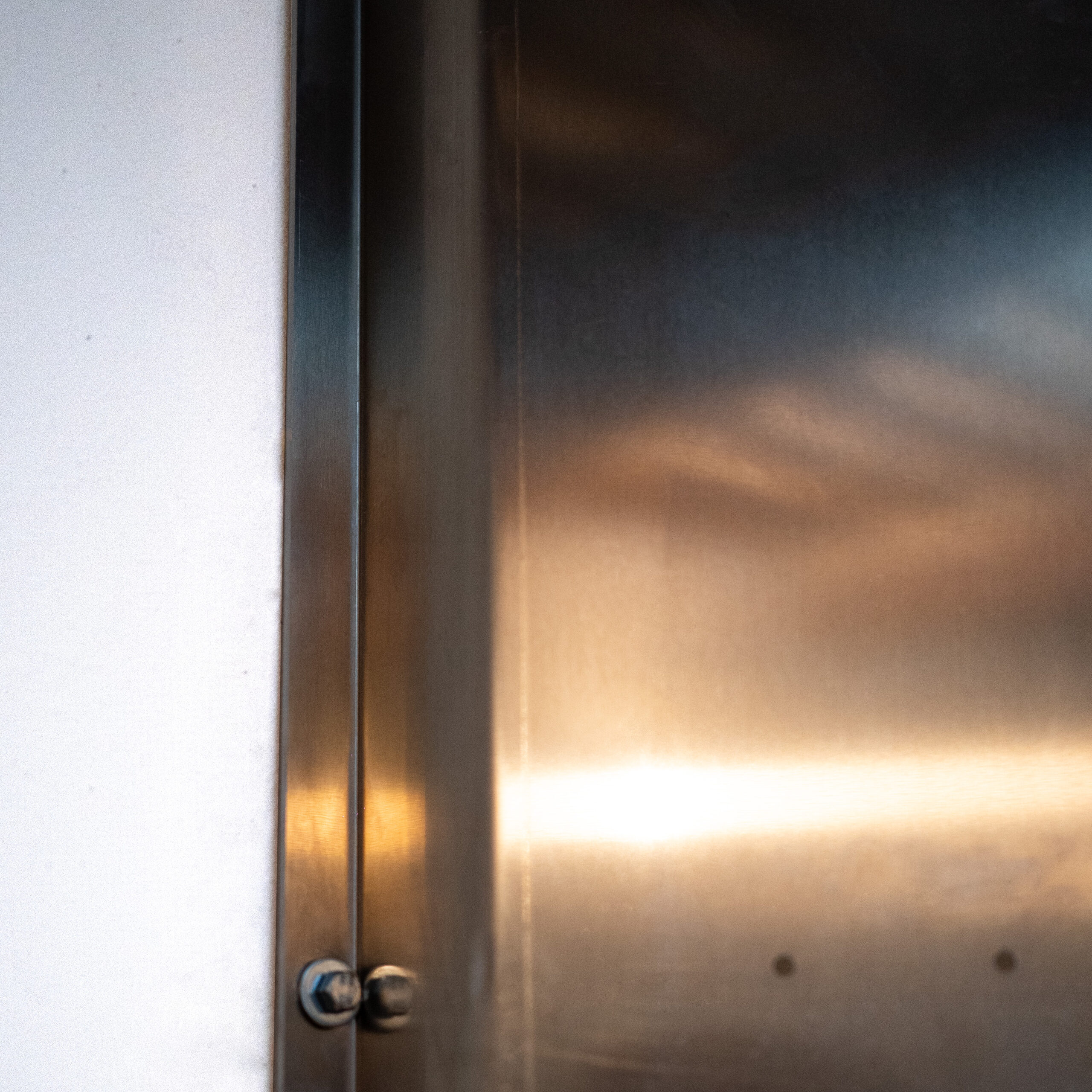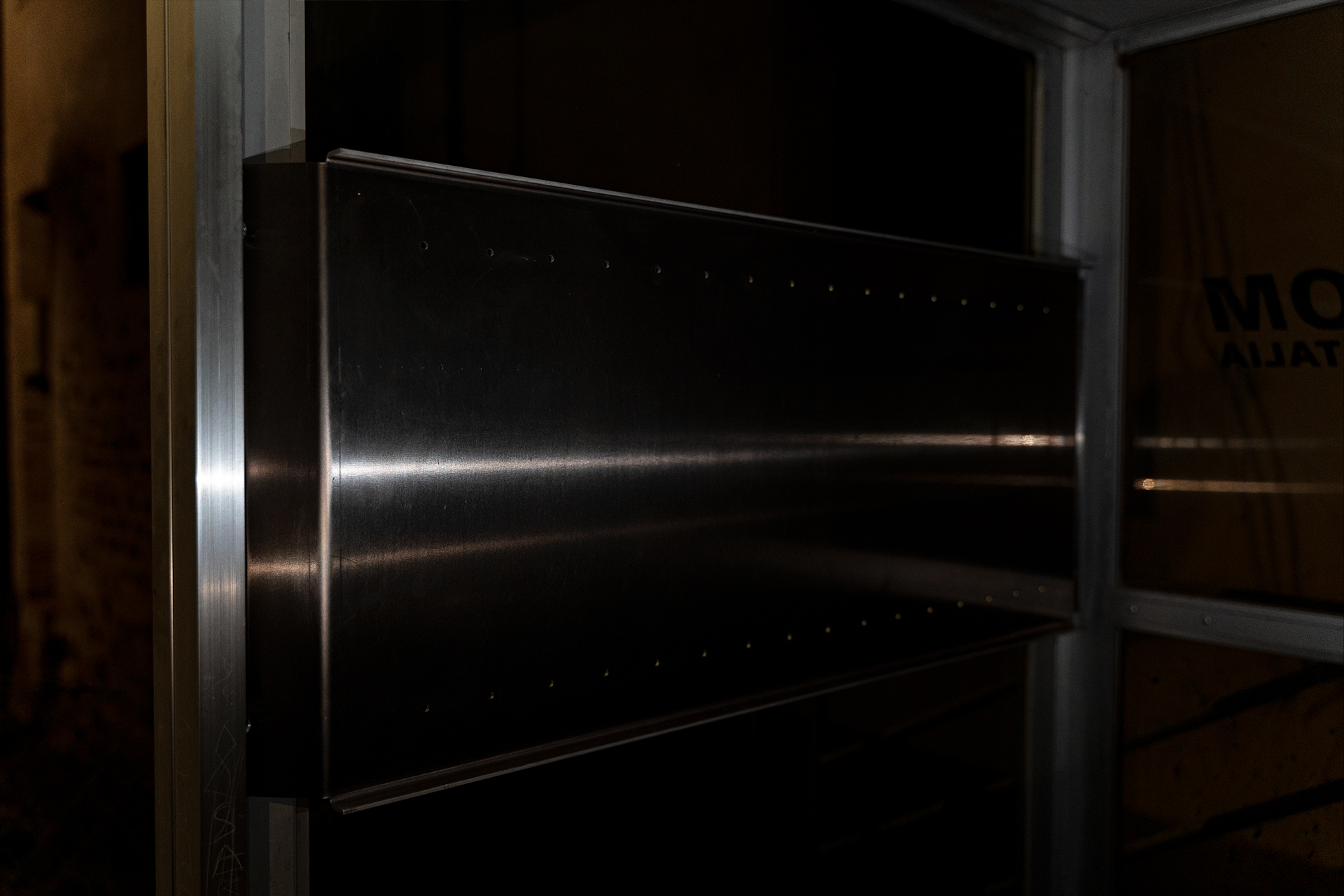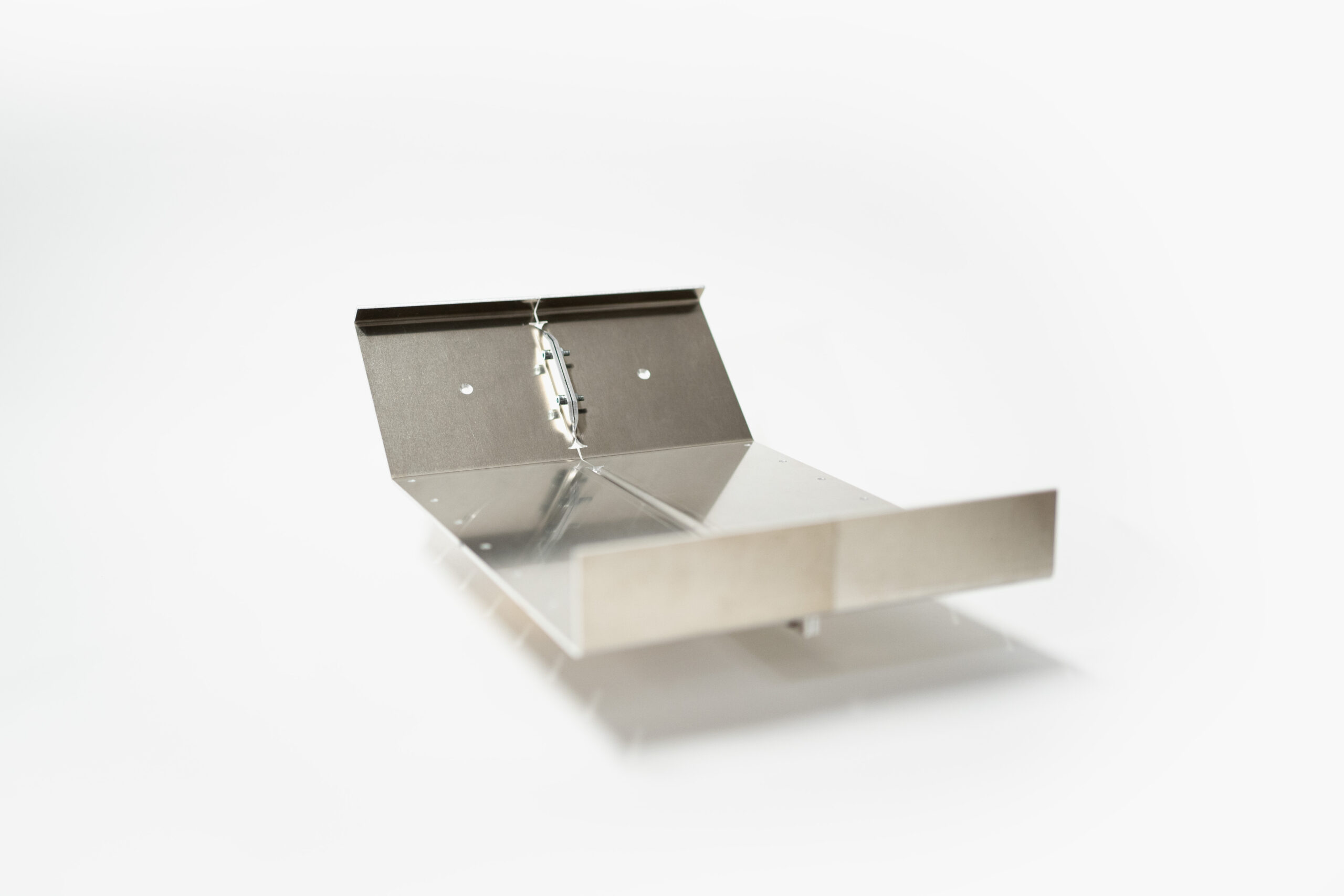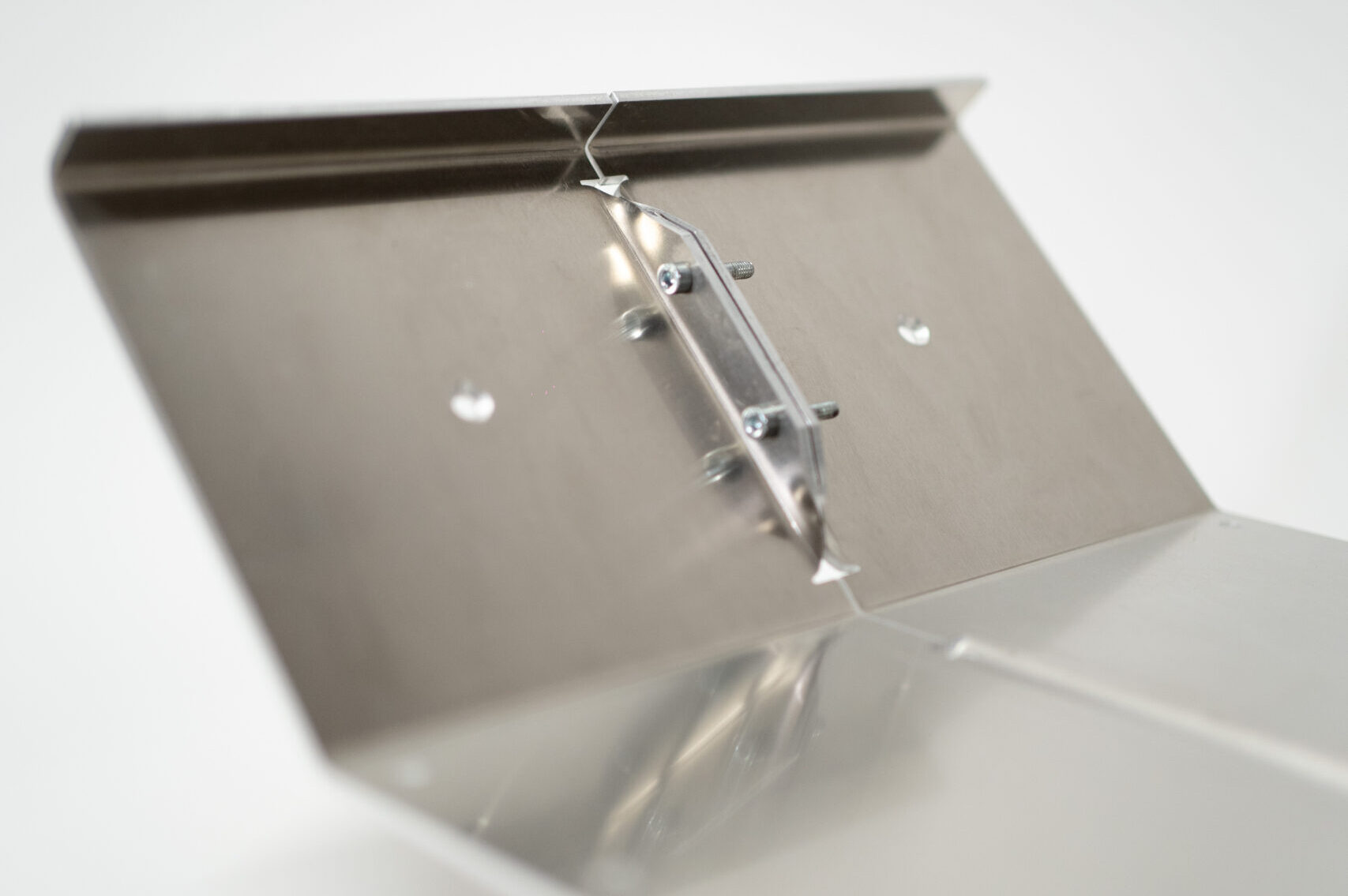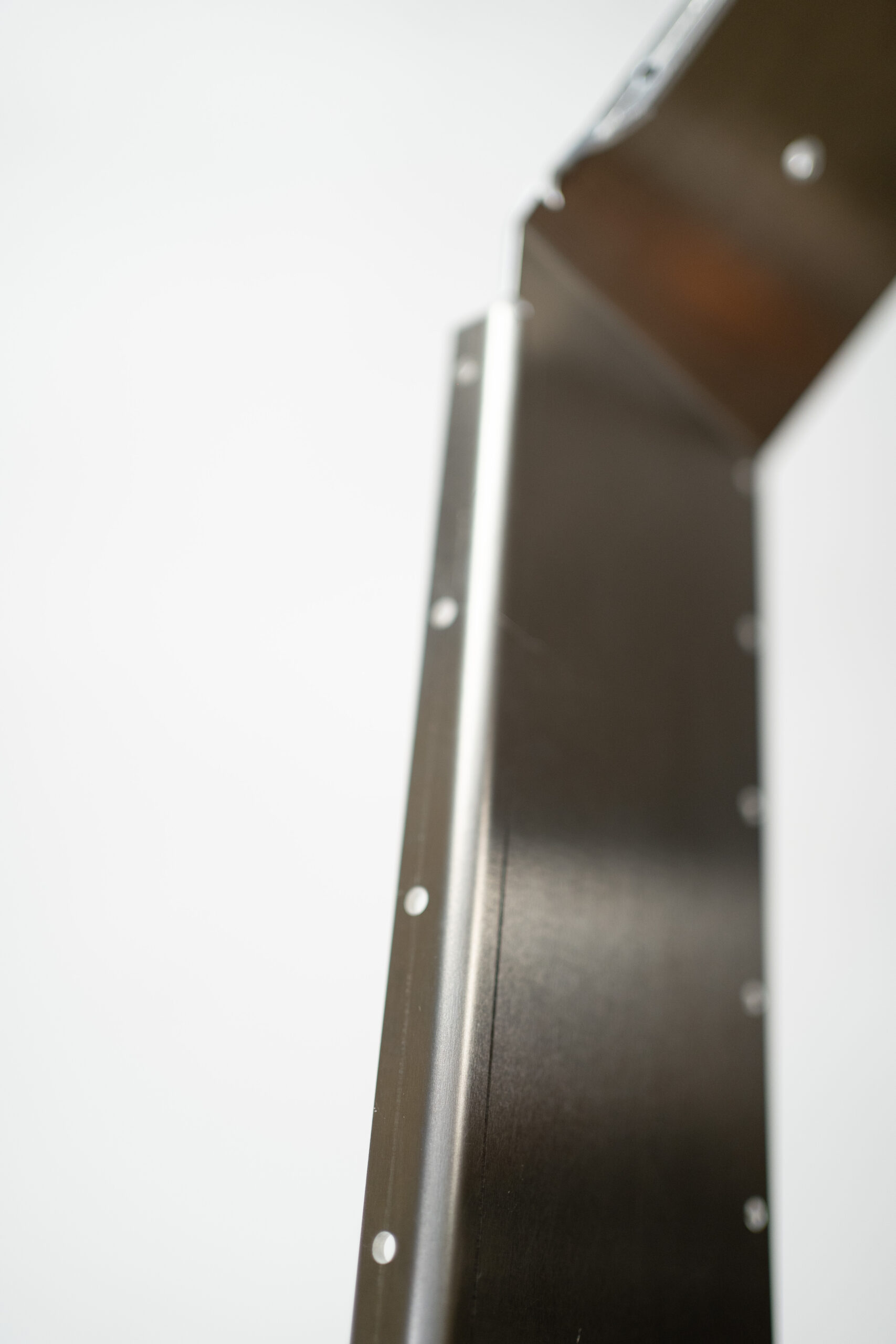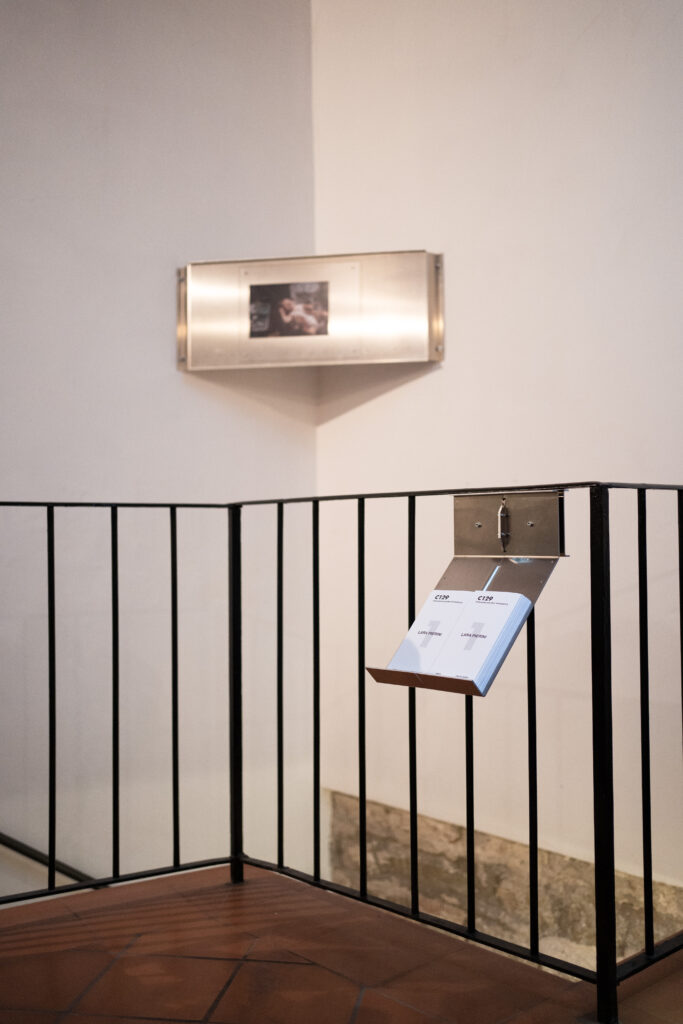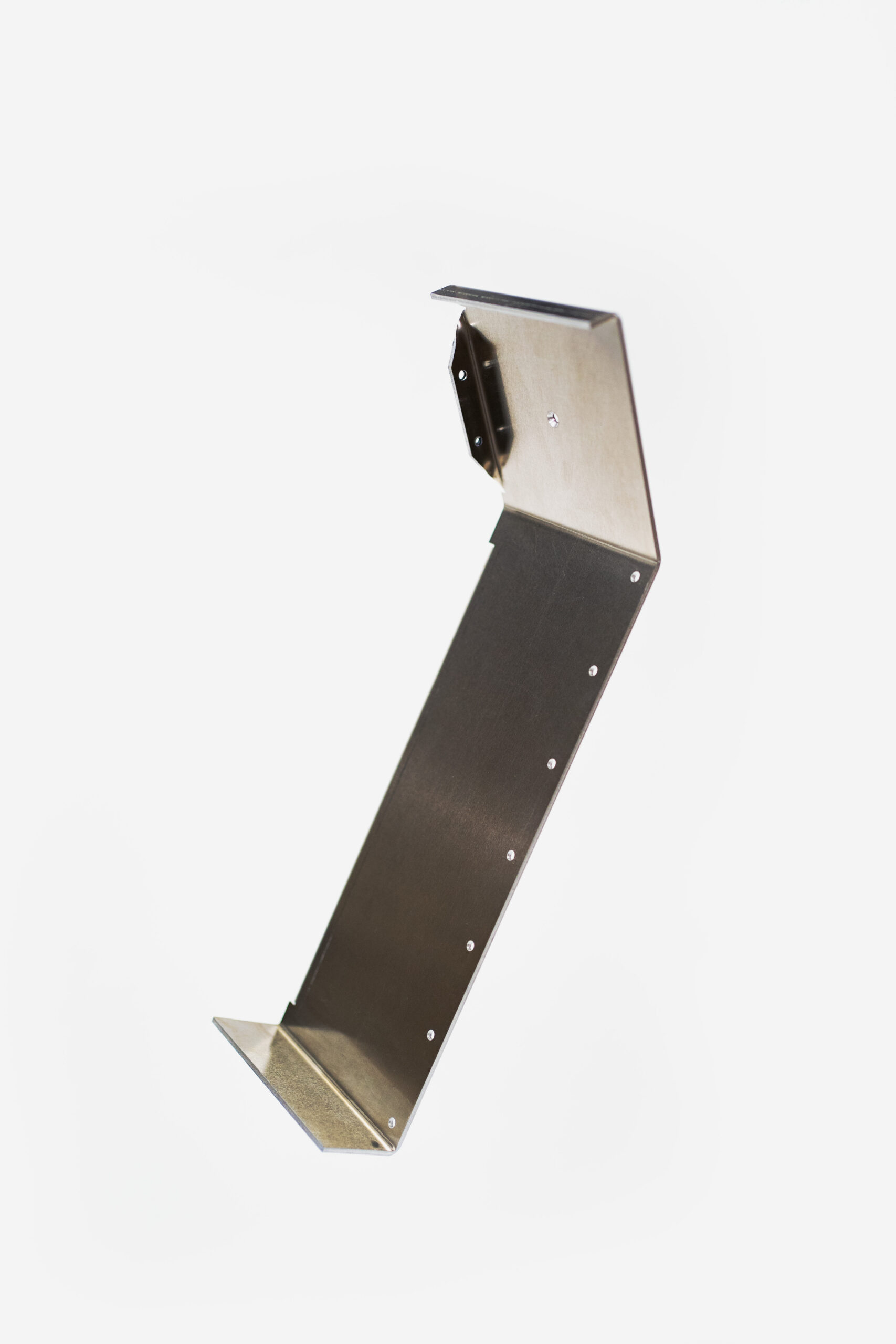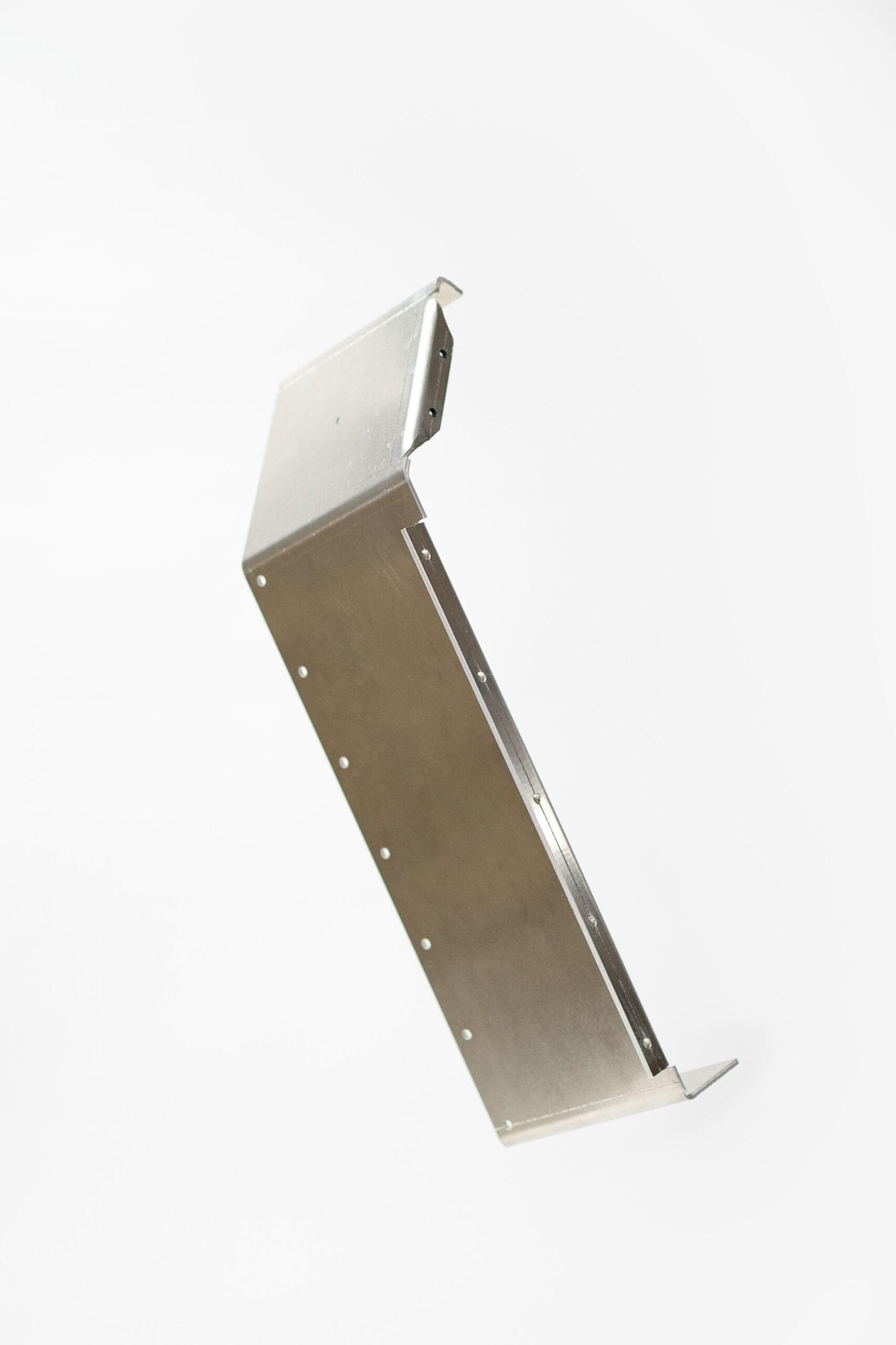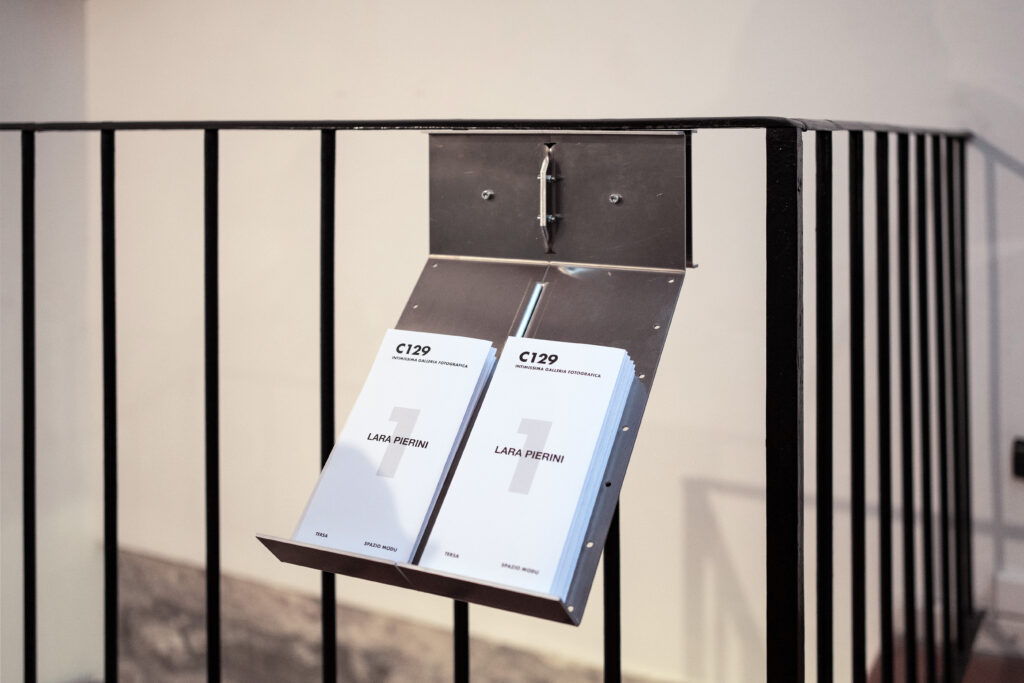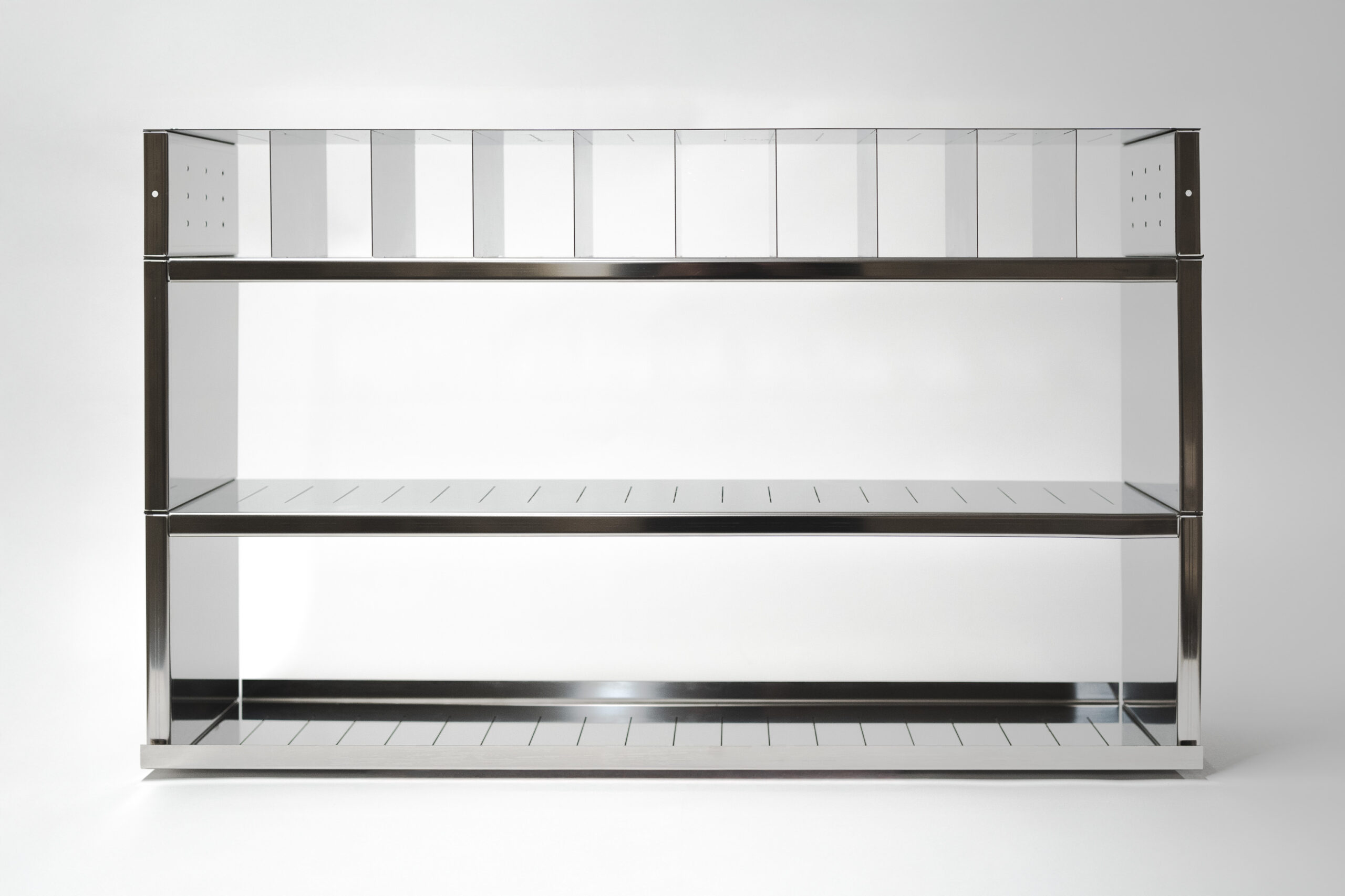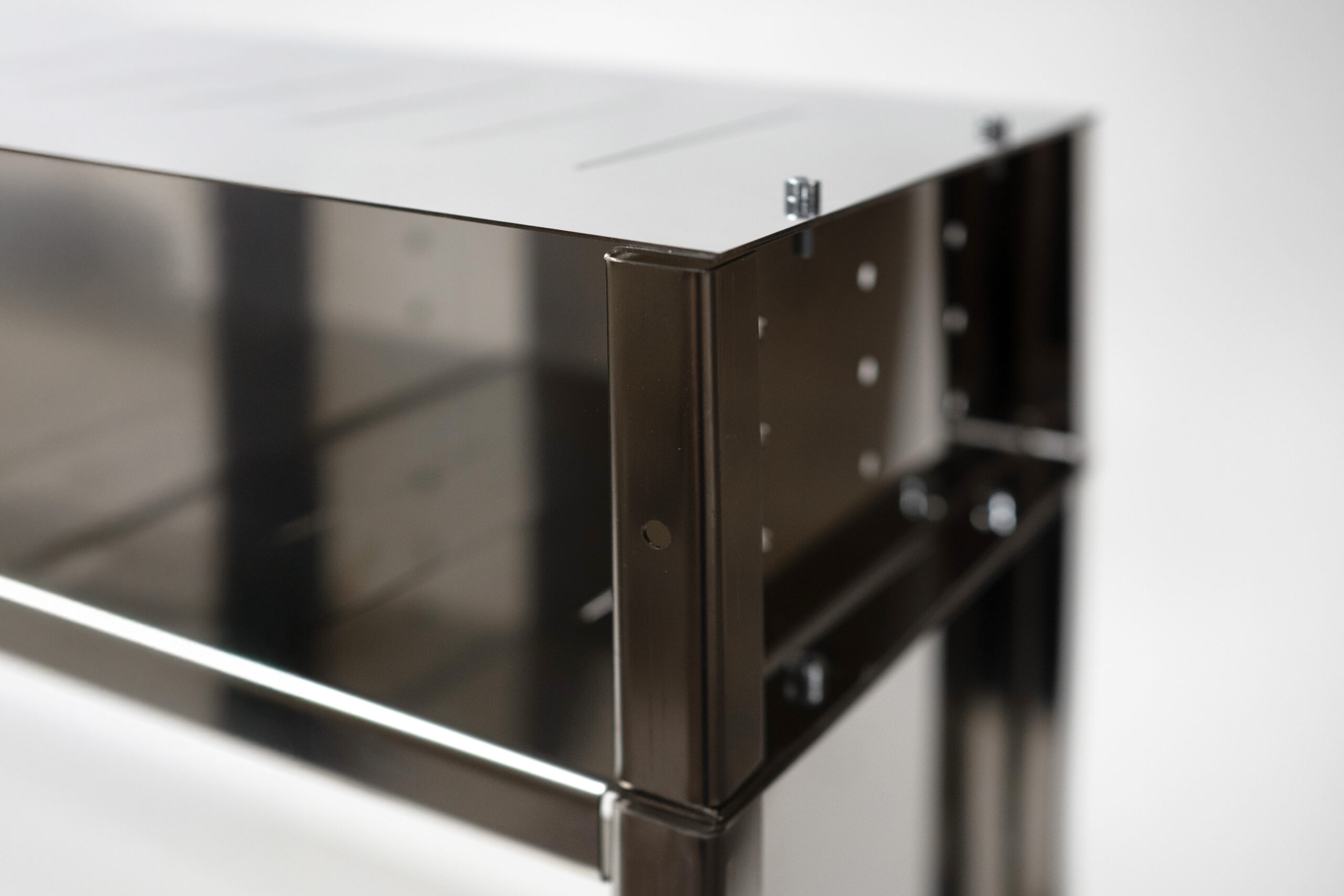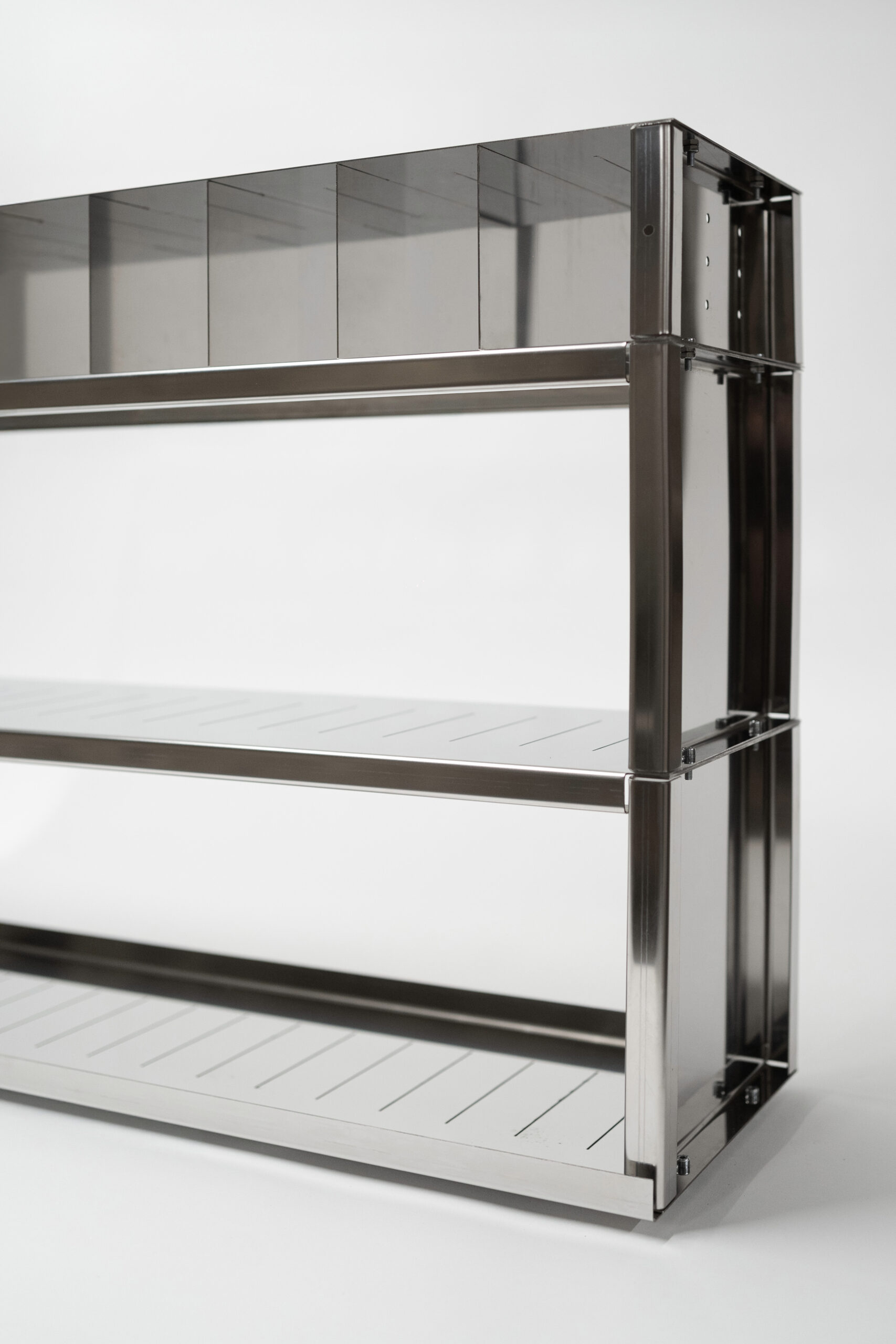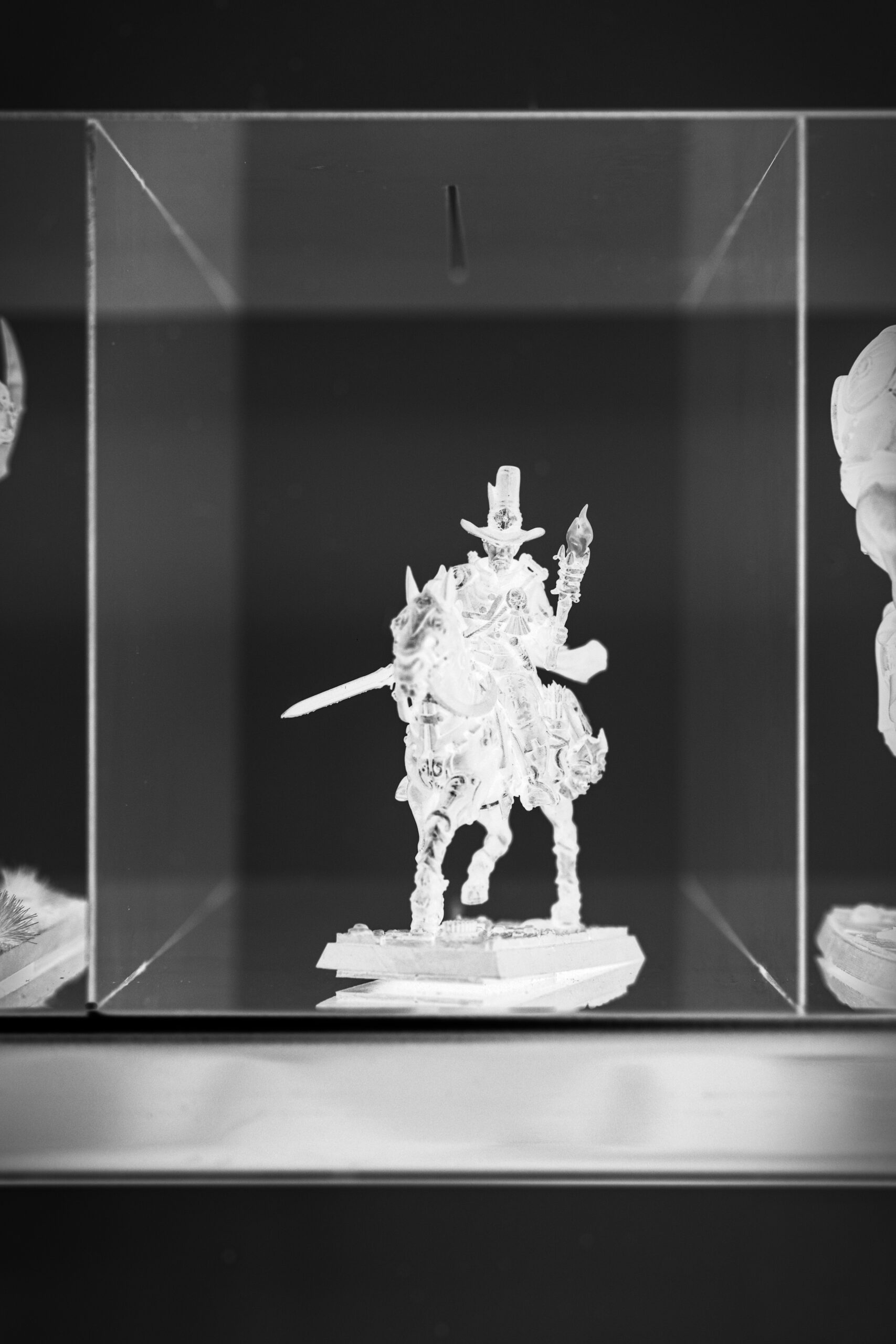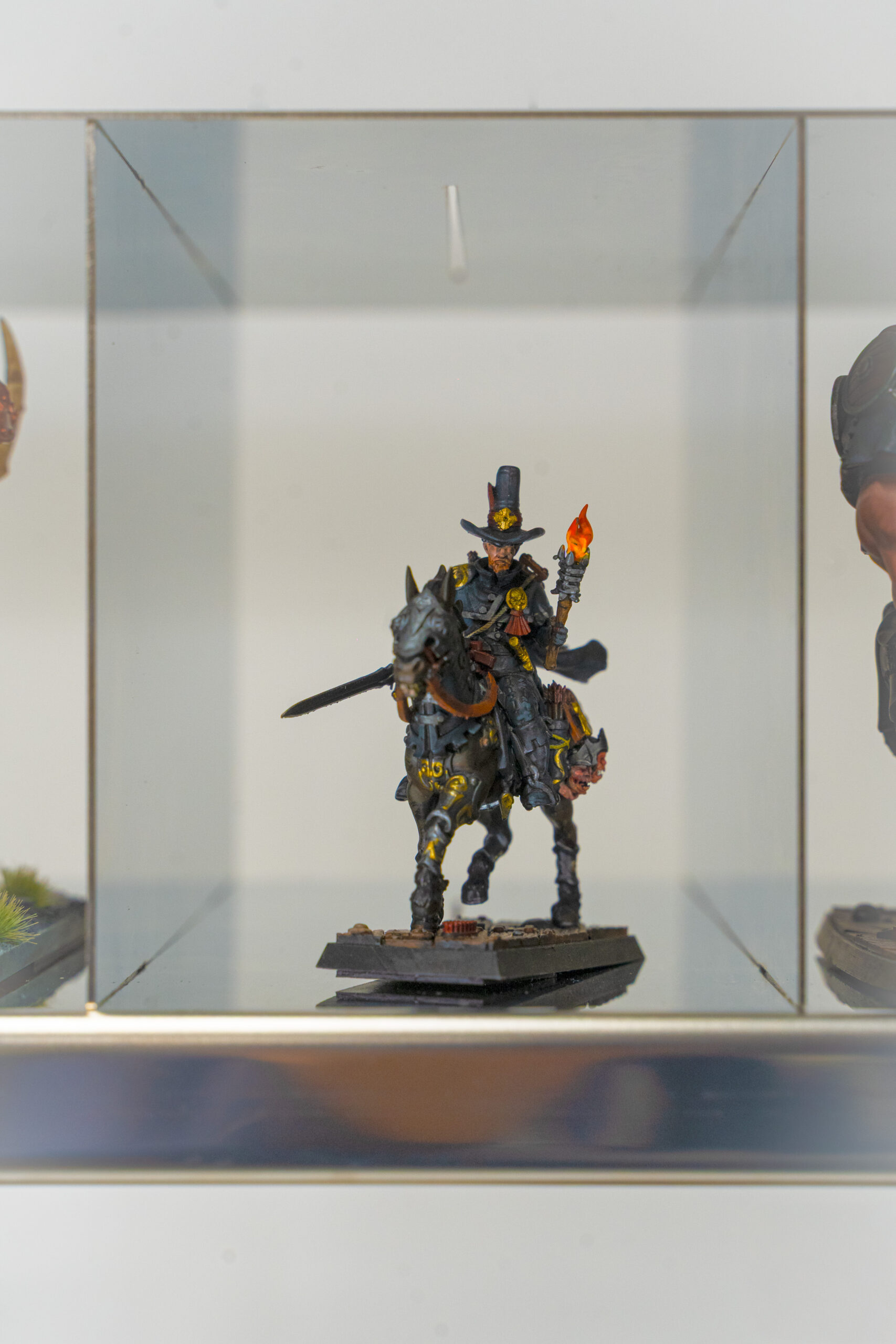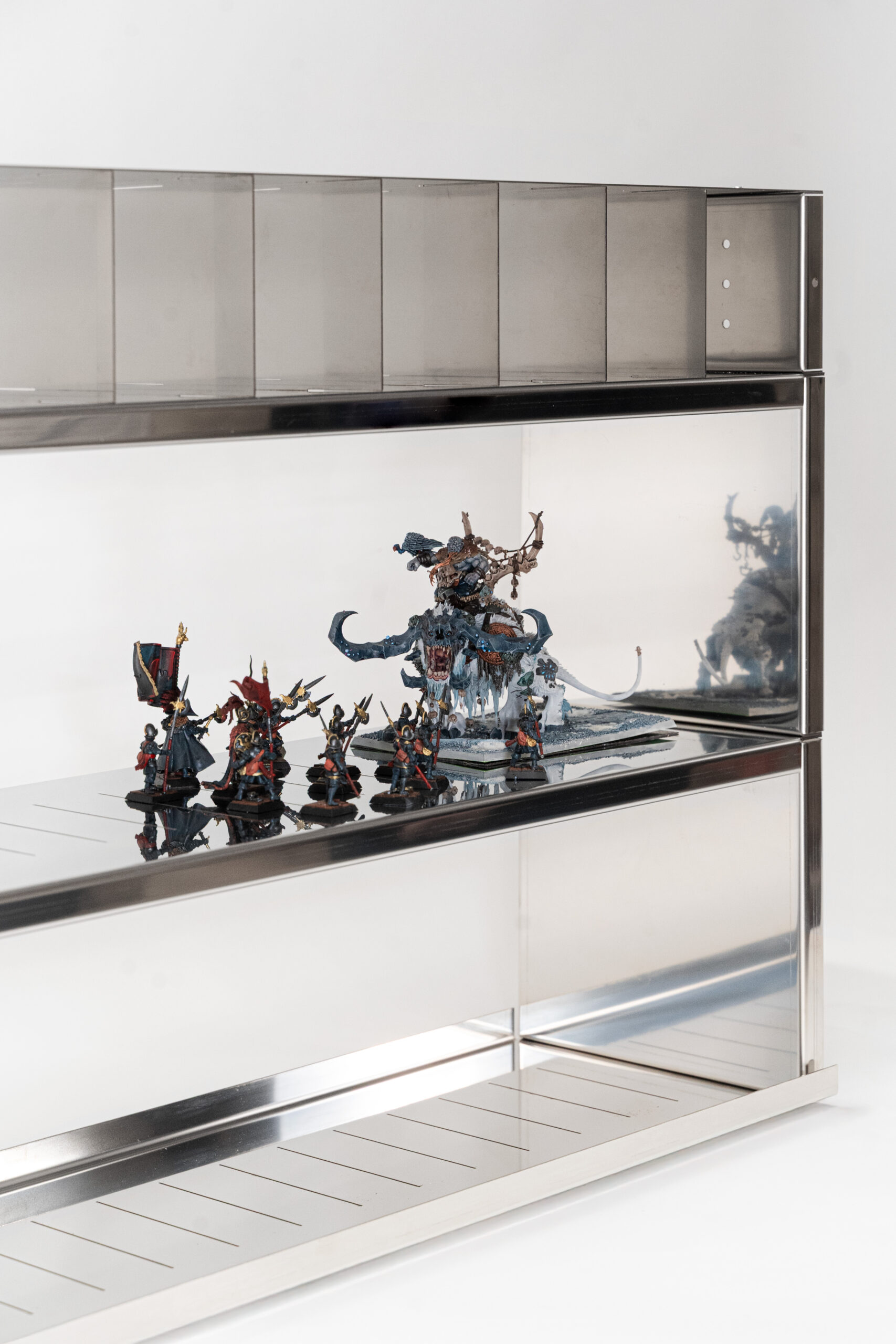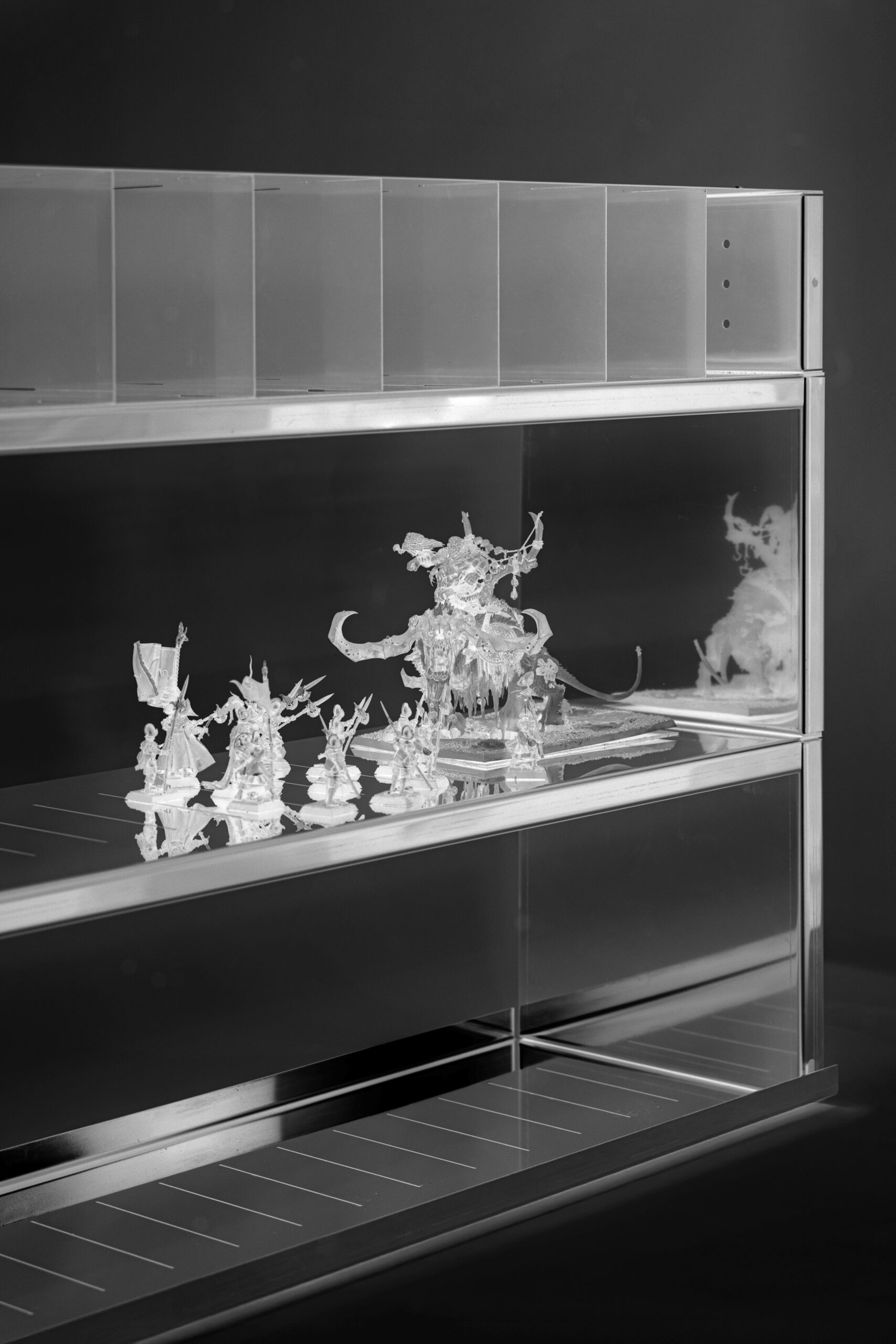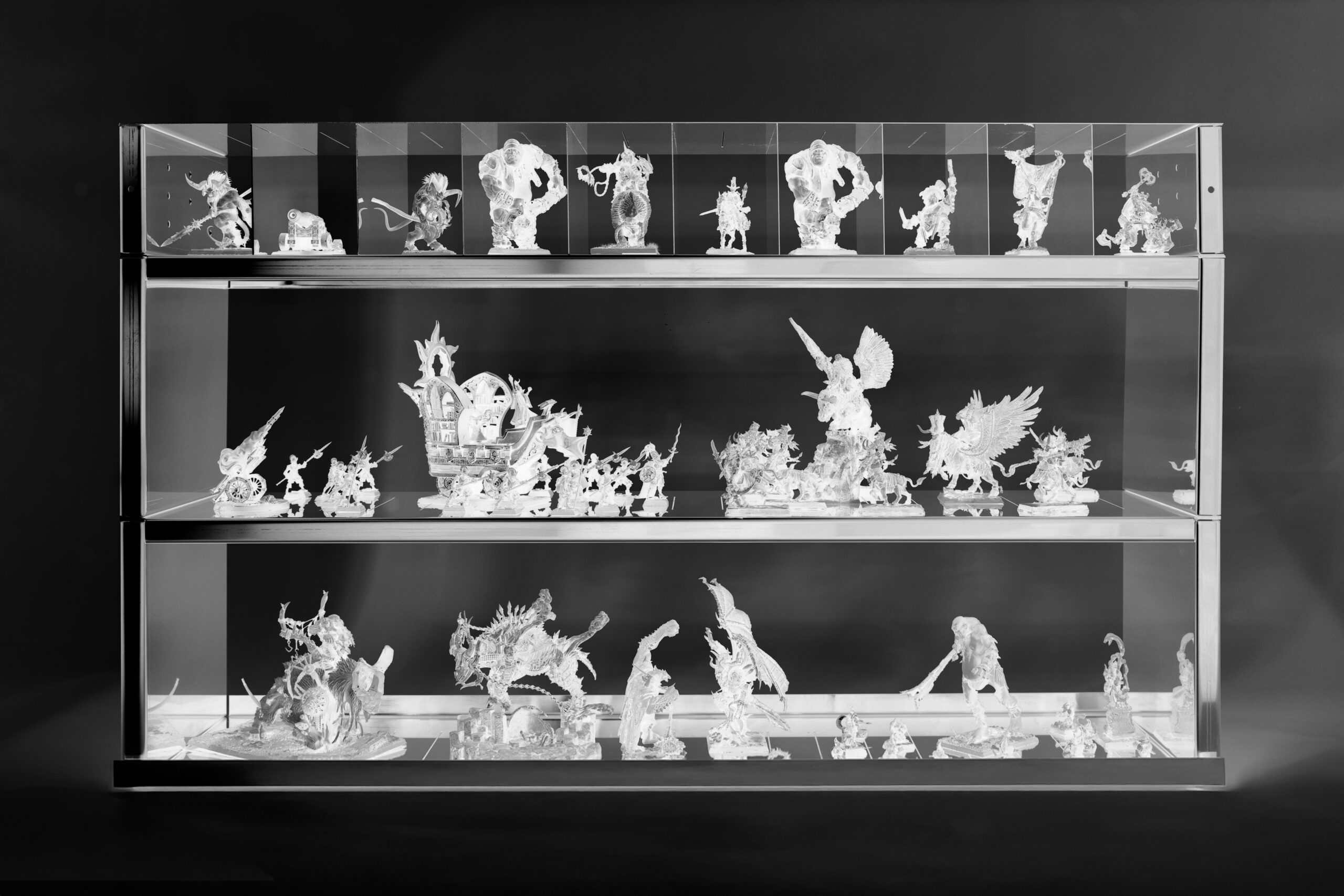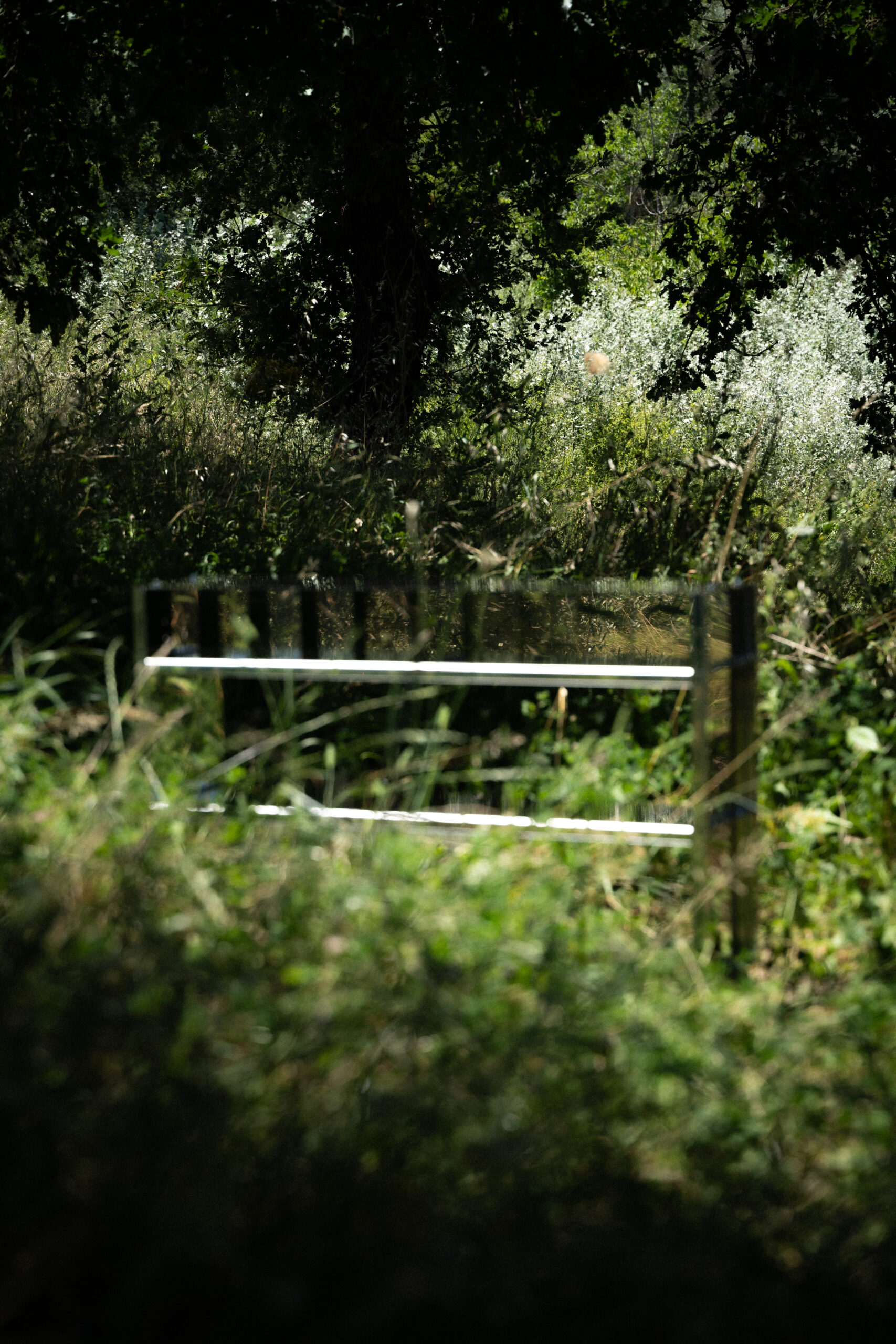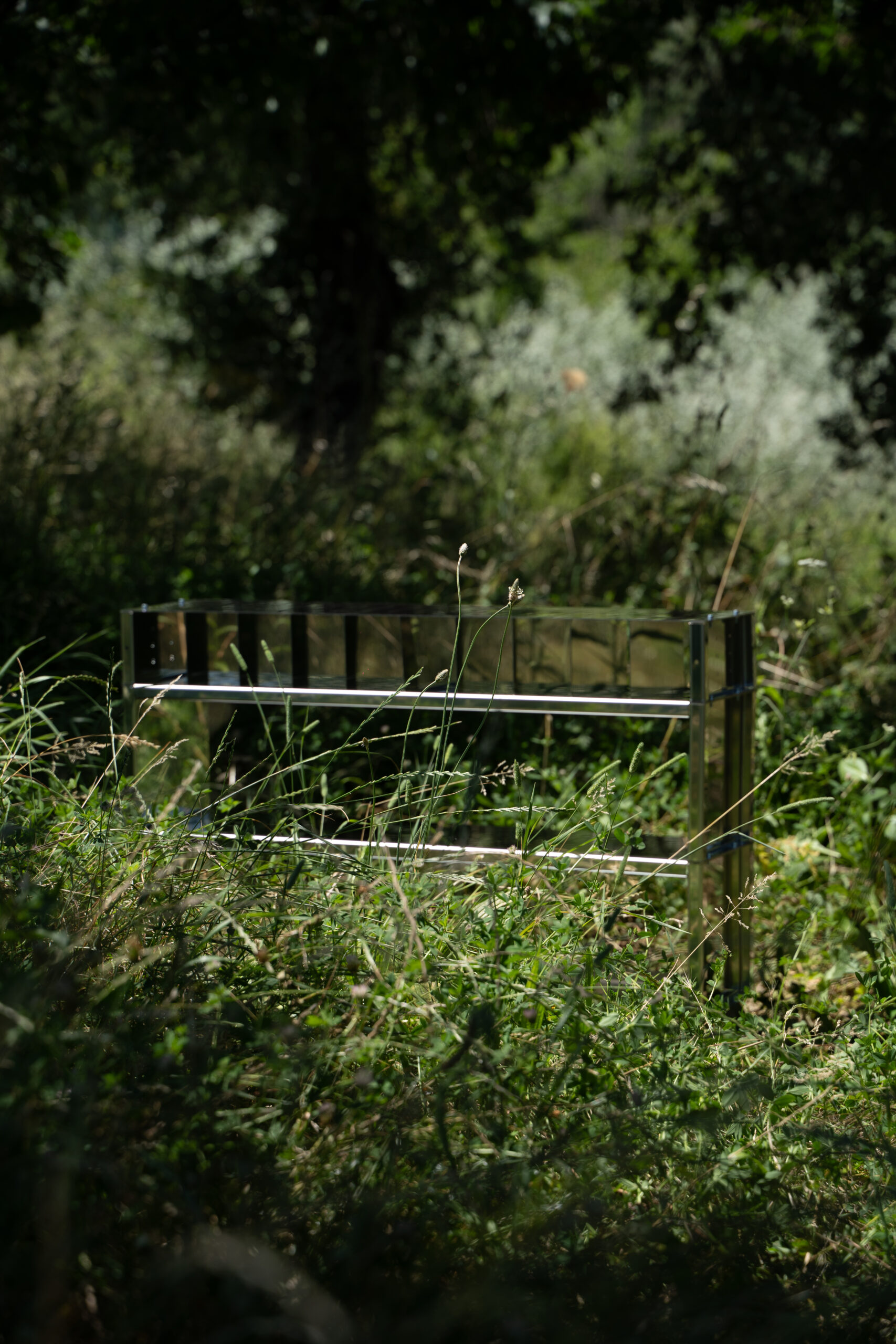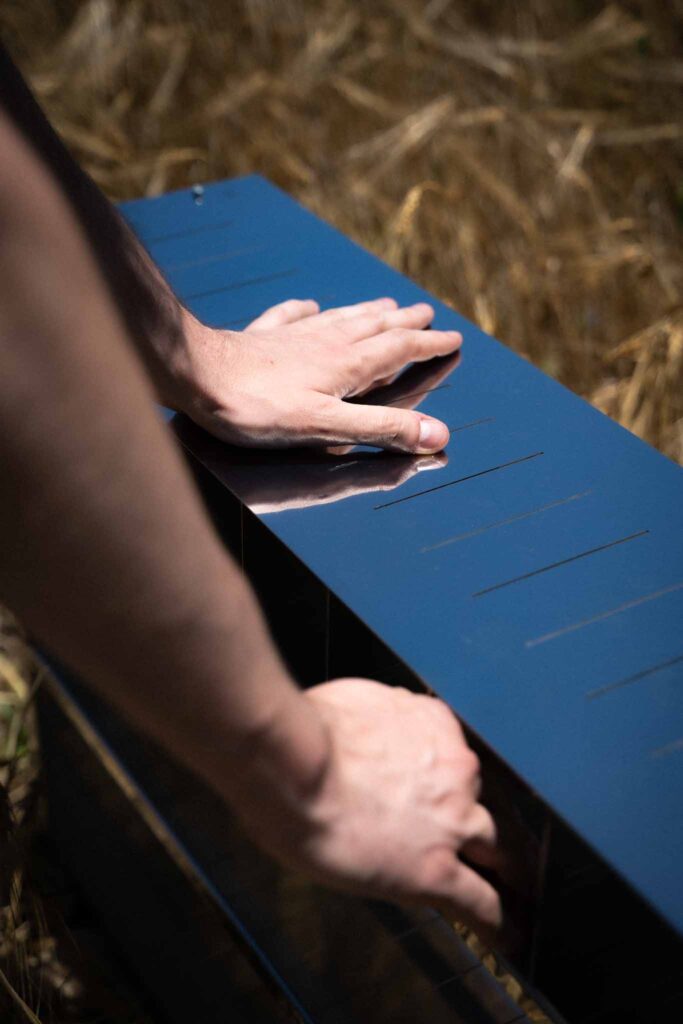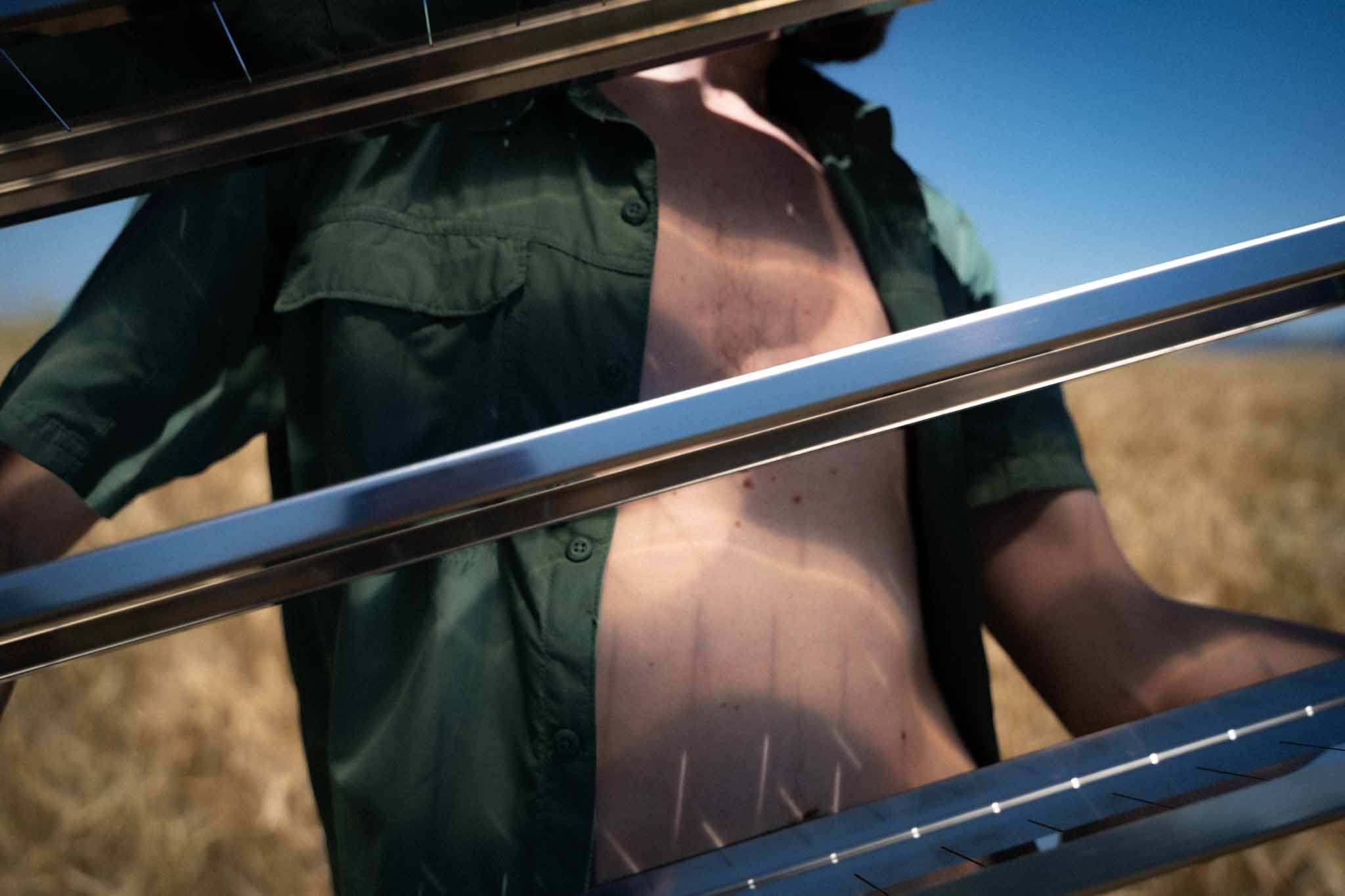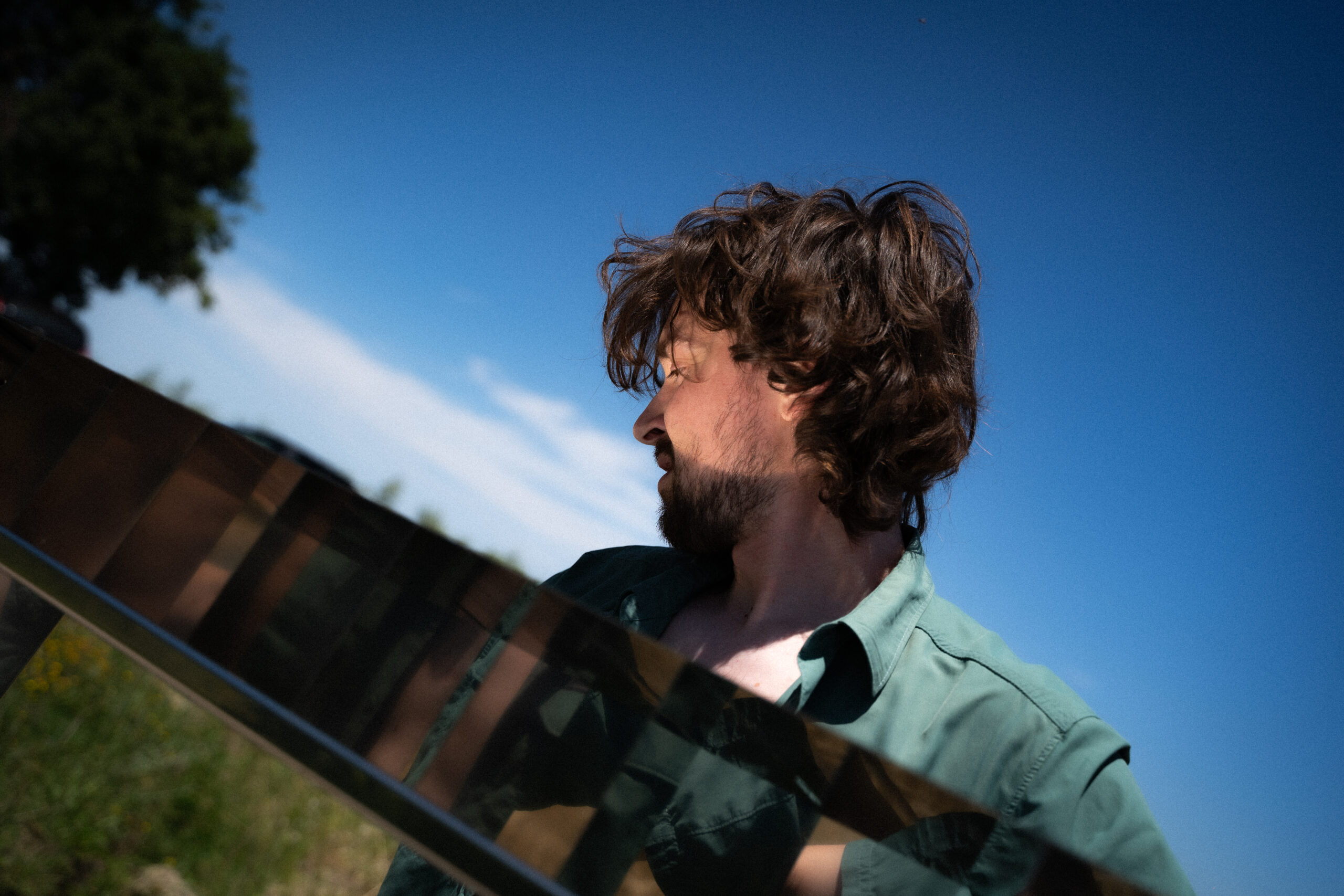
1/2
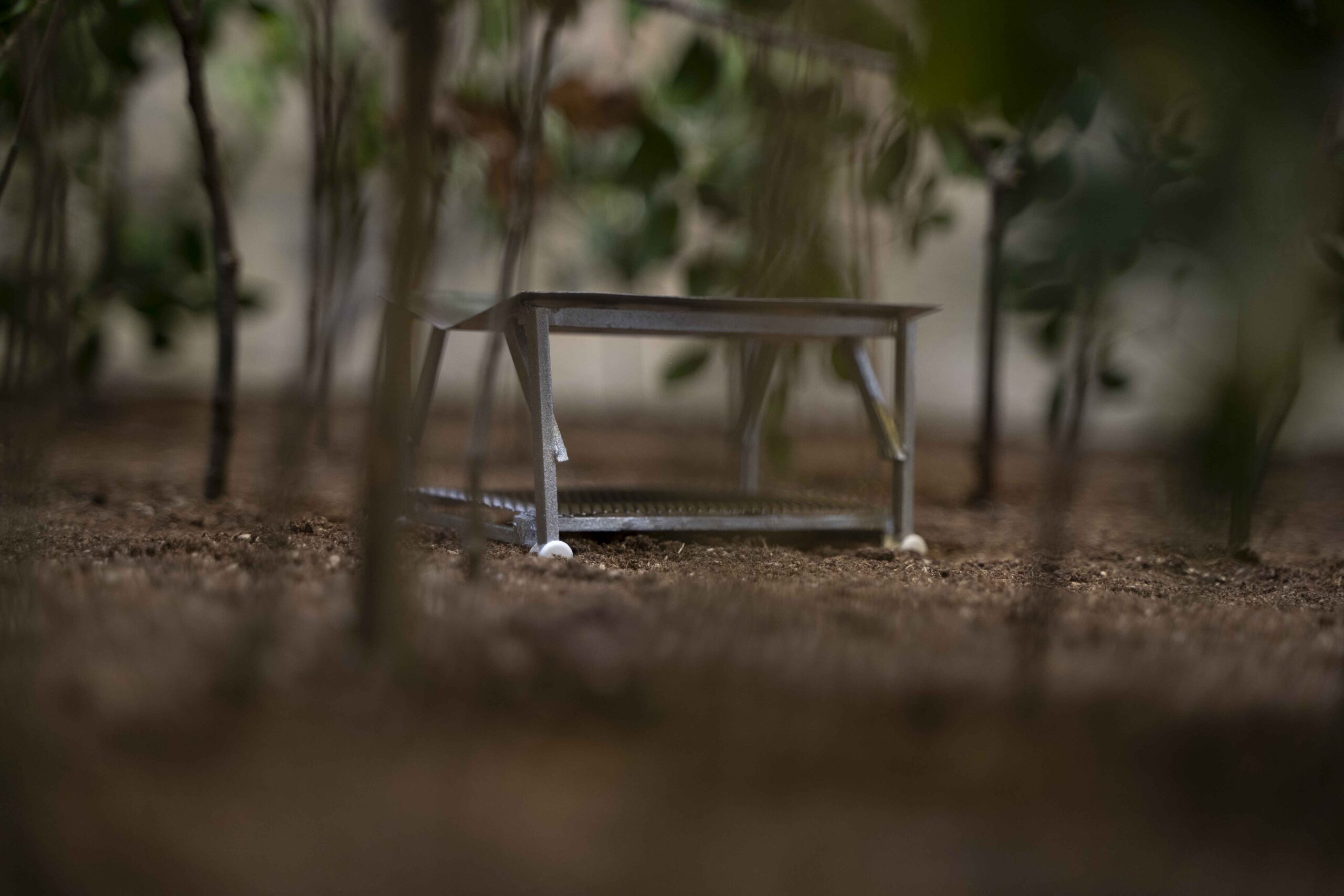
2/2
POND PAVILION
PROJECT
Pond Pavilion, crafted from reclaimed pool liner, its mobile canopy harvests rainwater and fosters social gathering, while its permeable floor nurtures new vegetation.
In Europe, there are many initiatives focused on reclaiming abandoned green areas both from a natural and cultural perspective, one of which is Giardino Villa Cappuccini: an ancient hortus conclusus of a convent, which, left uncultivated for decades, has undergone noticeable deterioration. During the area recovery process, several issues occurred, causing the suffering and/or death of many trees and the consequent formation of clearings due to the collapse or felling of the same plants.
Today, the garden is in the midst of regeneration as an independent agri-cultural space, through artistic and cultural events. The Pond Pavilion is born to address the needs of the Garden, and then be scaled and replicated in similar contexts such as urban forests, abandoned rural areas, and liminal zones. The research and development of the project are based on environmental sustainability and the reuse of recovery materials available in the project area. The use of identified materials – in this case, the old covering of a swimming pool – forms the framework of the pavilion composed of a mobile canopy and a permeable floor. While the mobile canopy promotes social interaction and rainwater collection, the permeable floor serves as the focal point for the growth of new vegetation in the garden. The pavilion is envisioned as a puddle, a water reservoir supporting biodiversity, a water hub that contributes specifically to green development. The sloped covering is used to create a dynamic irrigation system, a network of puddles distributed locally to meet the needs of the areas involved. Pond Pavilion is conceived as a localized ecosystem that evolves and adapts; it is an incubator for socio-cultural projects in dialogue with nature; it is a means for sustainable and replicable space regeneration.
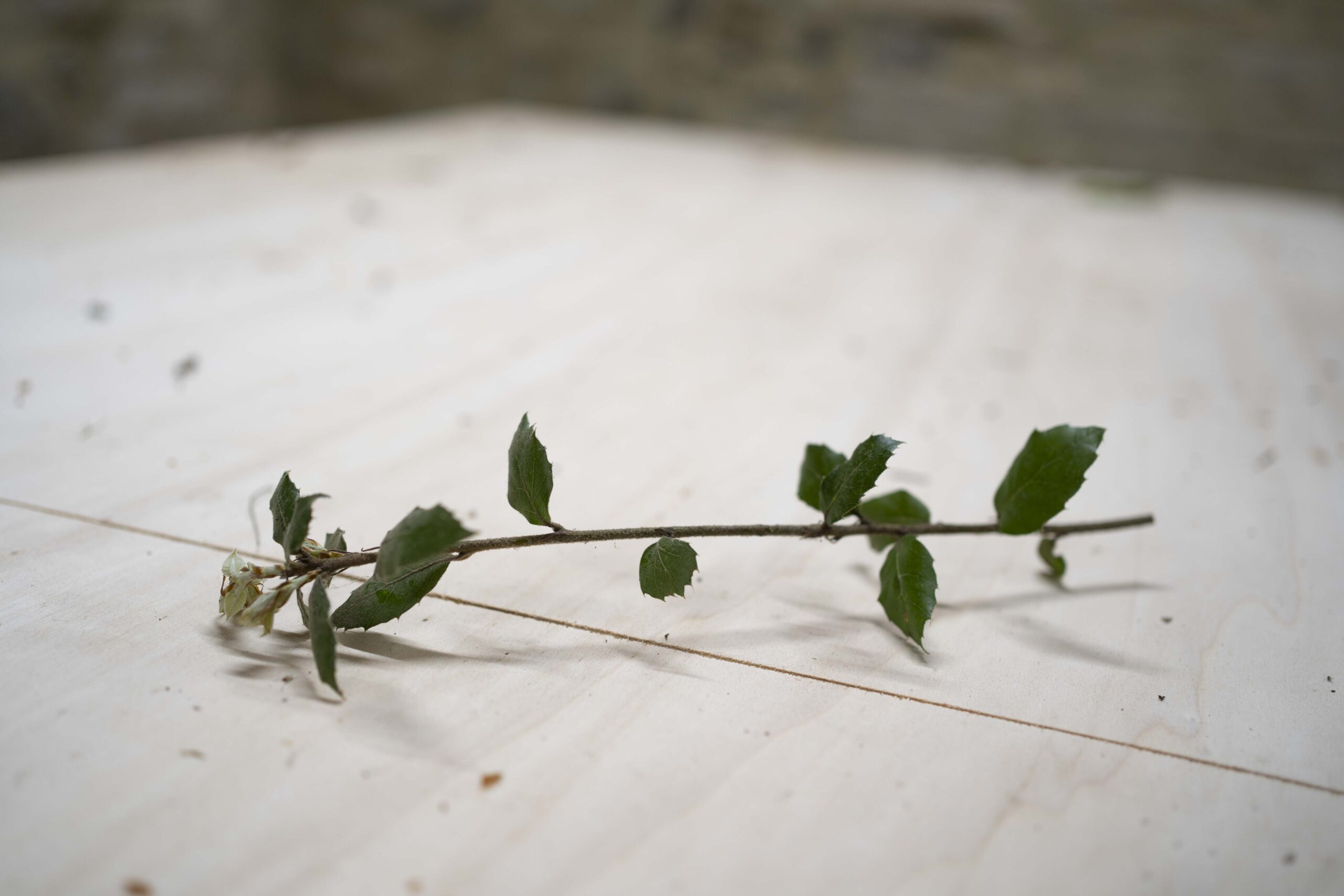
1/2
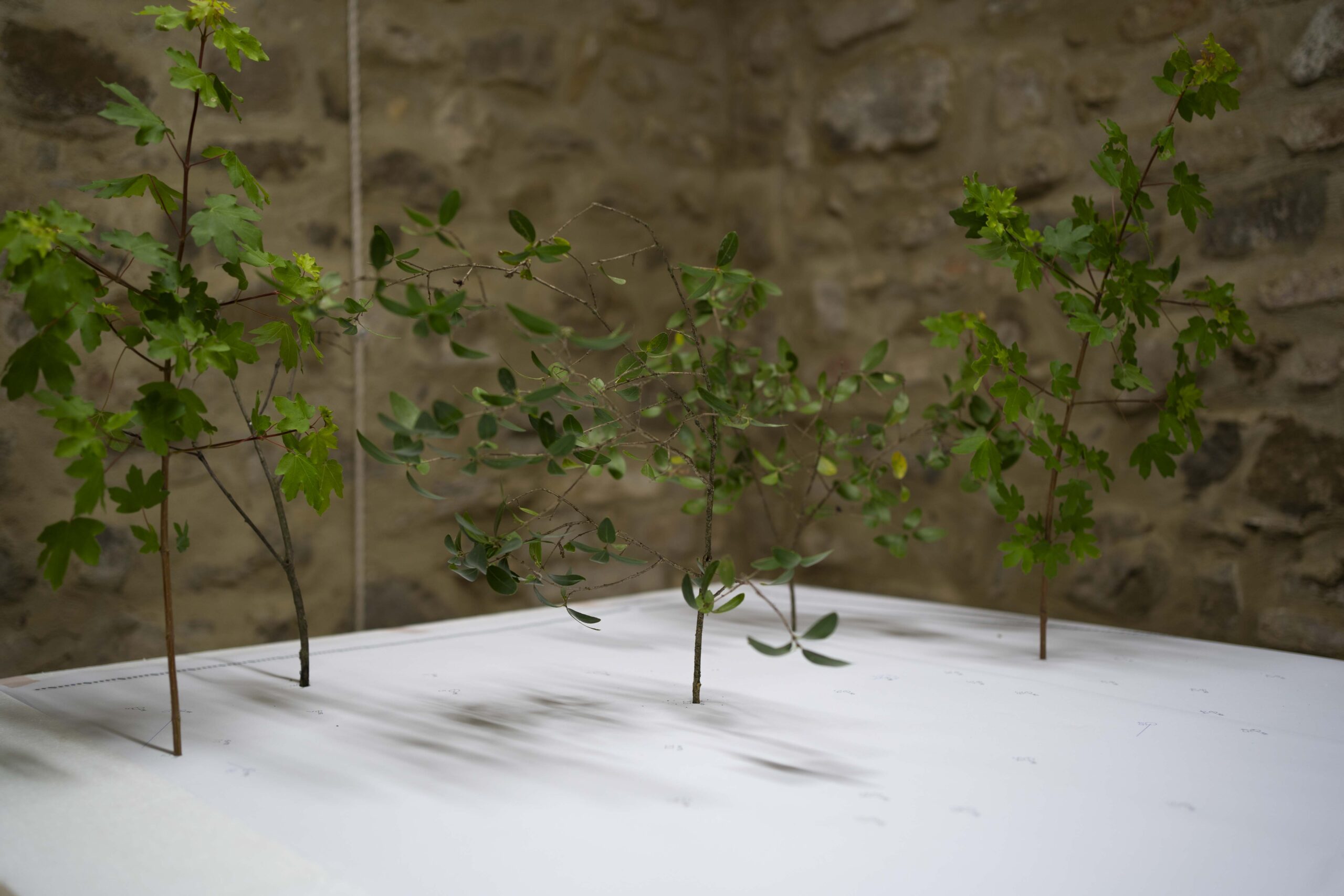
2/2
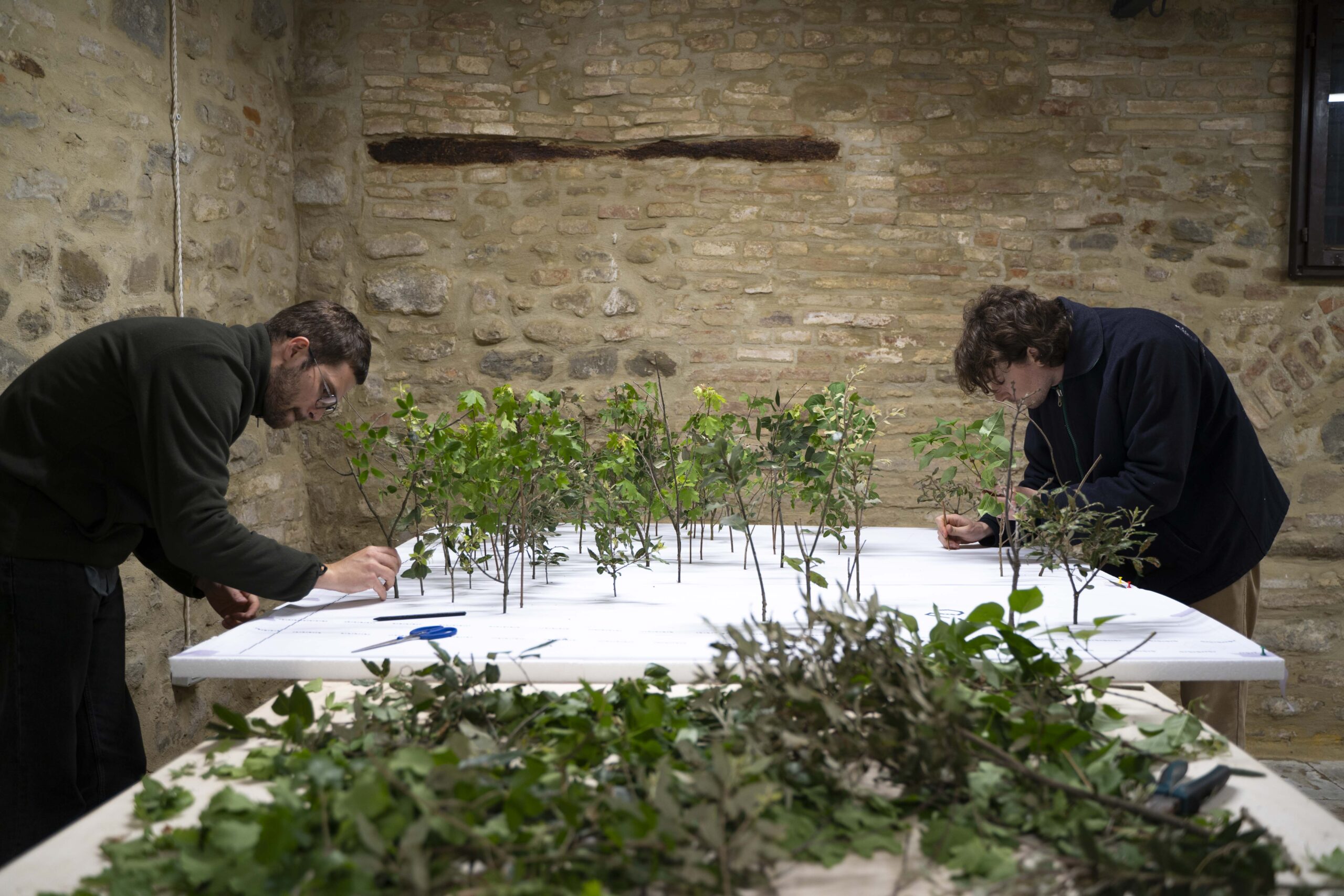
1/2
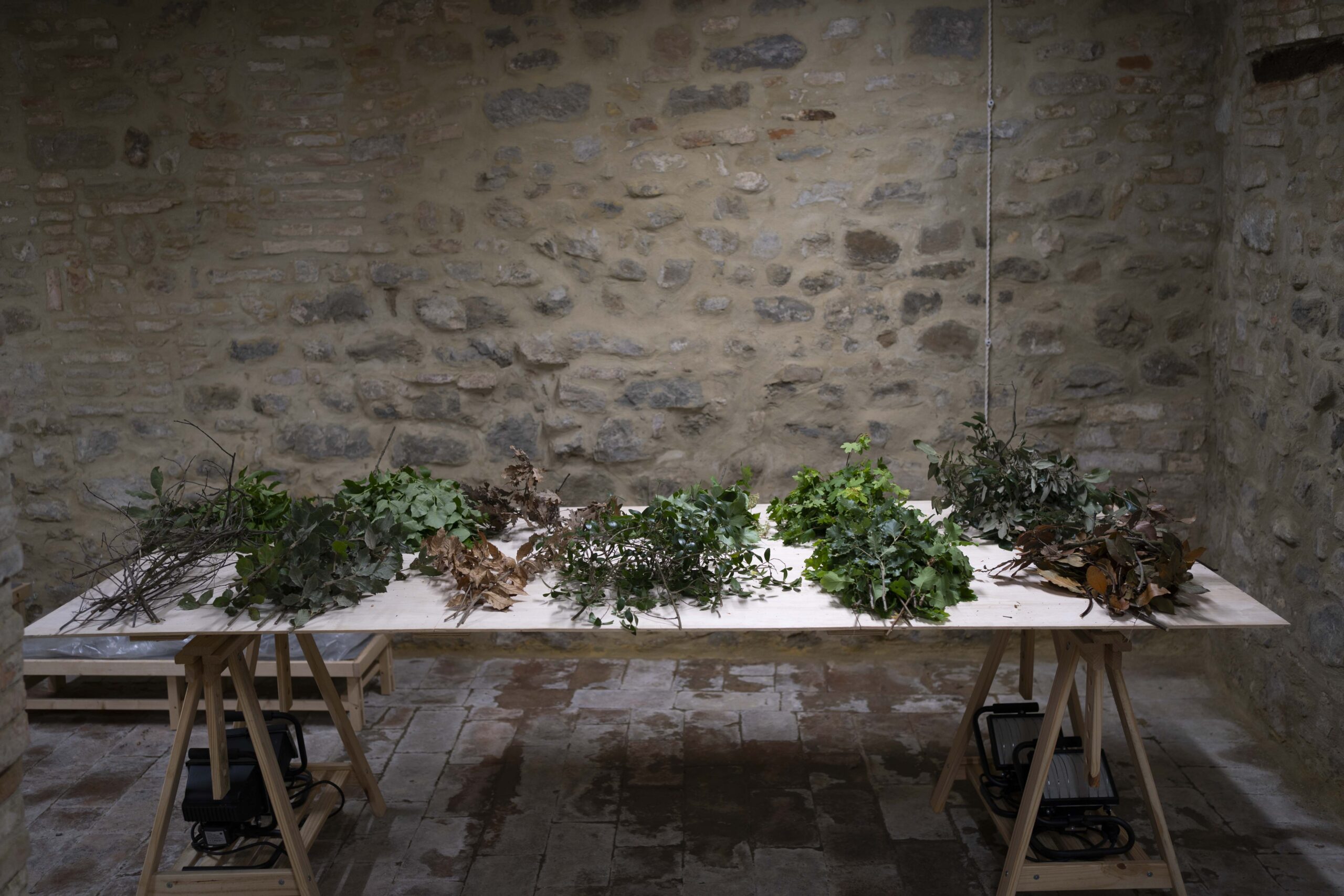
2/2
